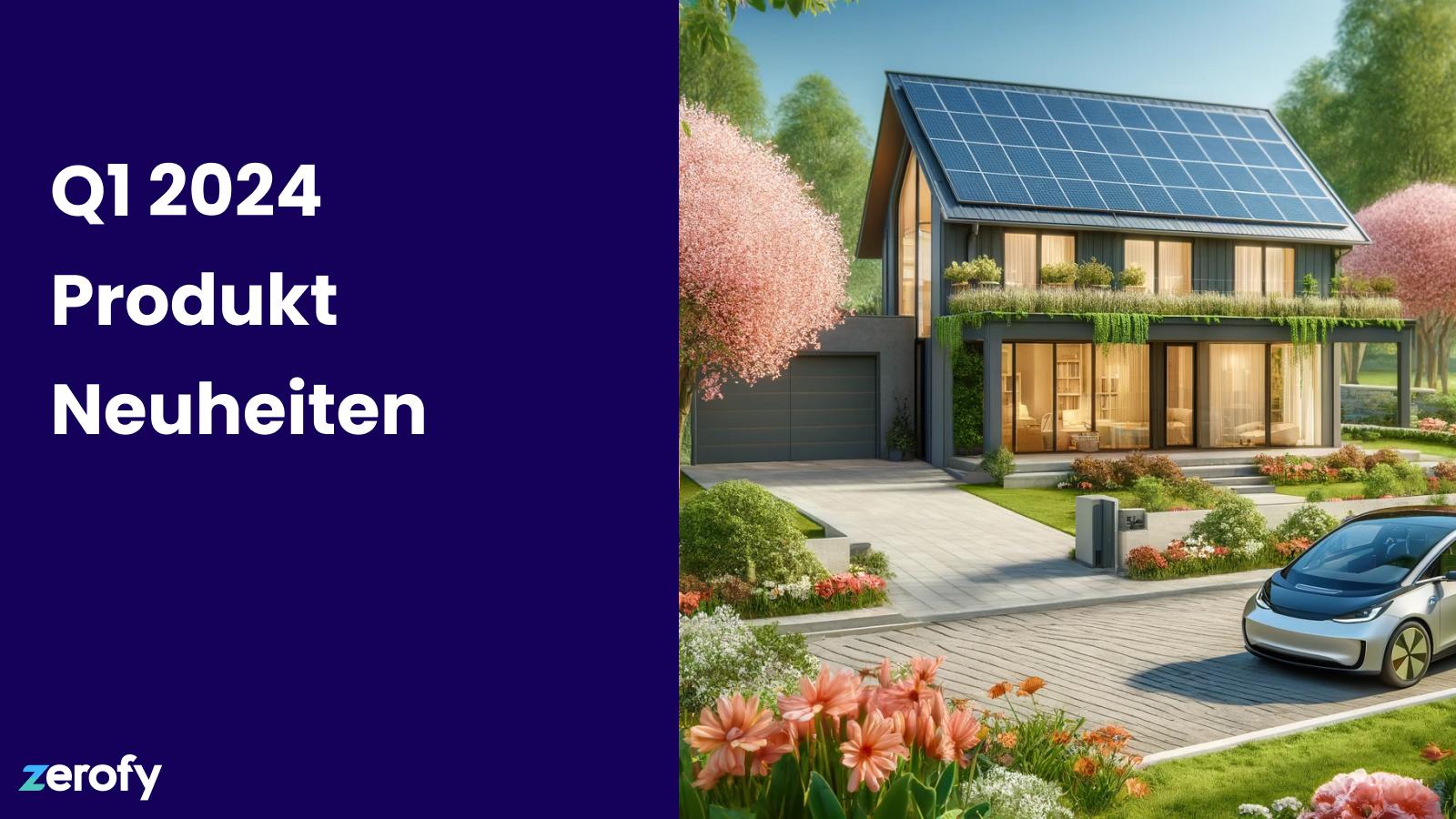
Produktupdates im 1. Quartal 2024
Eine Zusammenfassung der Produktupdates für das erste Quartal des Jahres.
Tips and tools for the electrified household.

Eine Zusammenfassung der Produktupdates für das erste Quartal des Jahres.
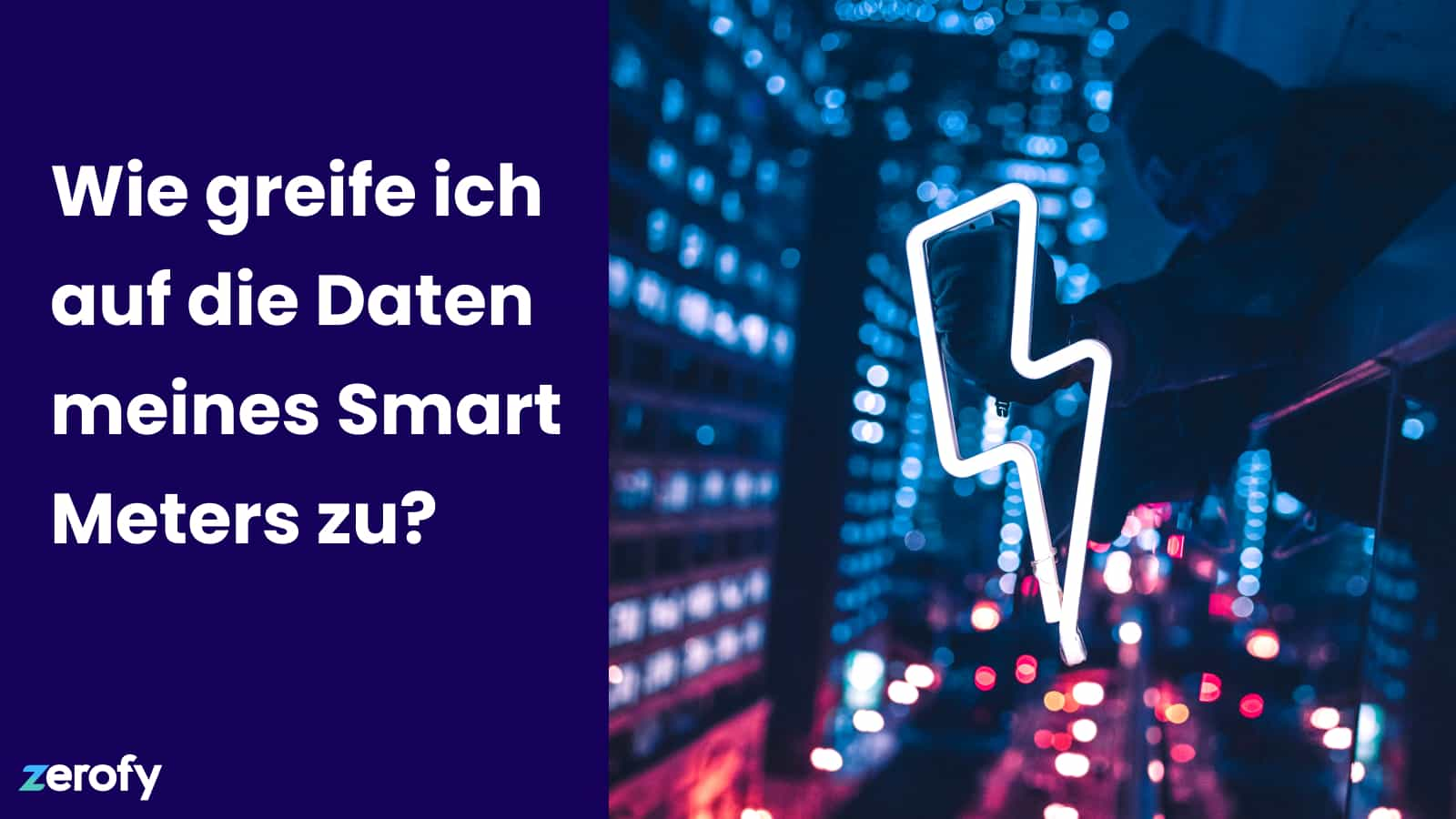
Wir beschreiben und vergleichen sechs Wege, um Zugang zu Ihren Smart Meter-Daten zu erhalten.

Unser neuestes Update erweitert das intelligente EV-Laden auf 20 neue Marken, wie Audi, VW, Nissan und BMW, und führt verbesserte Ladeoptionen ein.
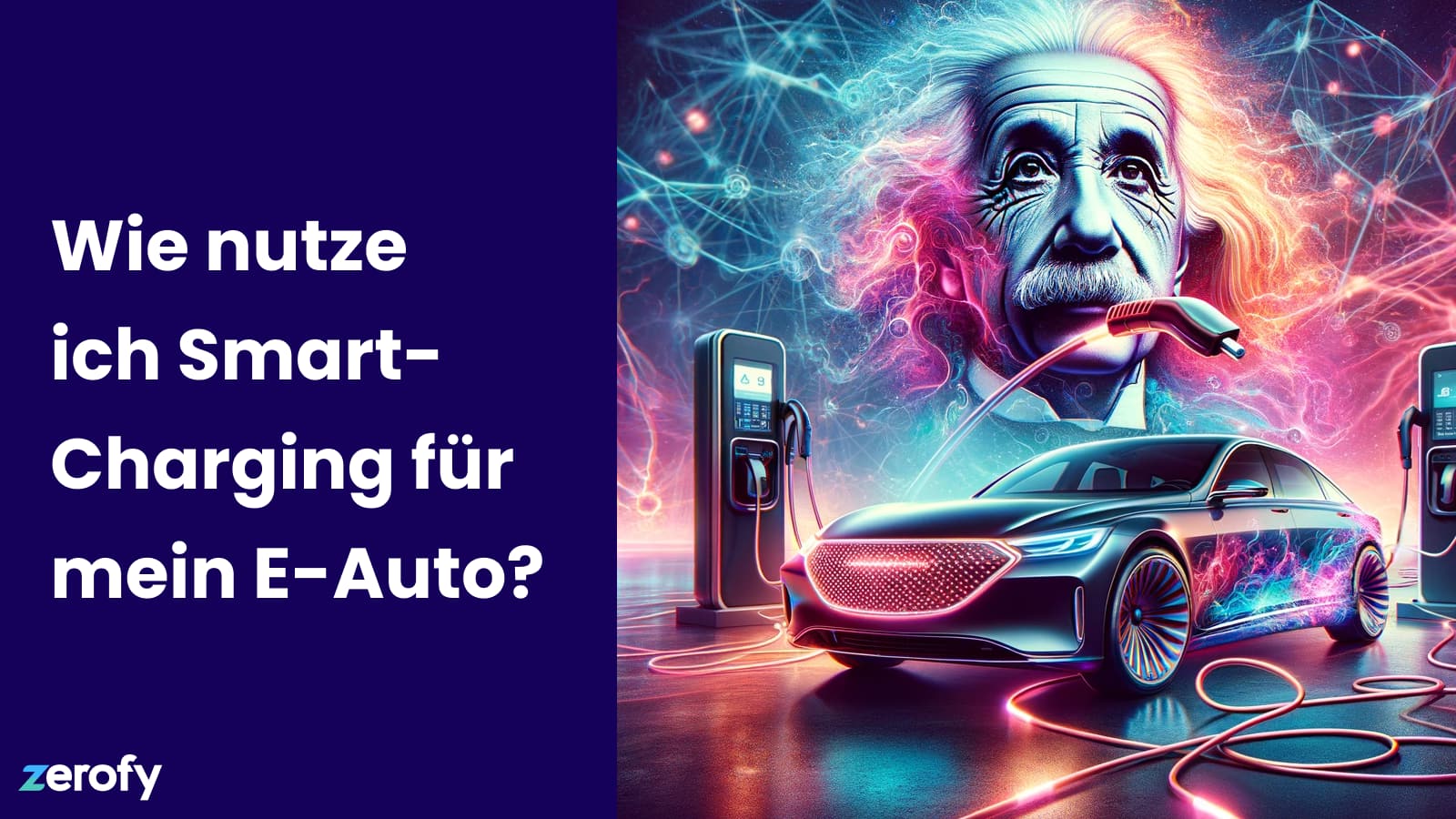
Überblick zum Smart Charging von E-Autos. Lerne, wie du Kosten senken, Emissionen reduzieren und erneuerbare Energie nutzen kannst. Praktische, benutzerfreundliche Strategien, die für jeden EV-Besitzer geeignet sind.
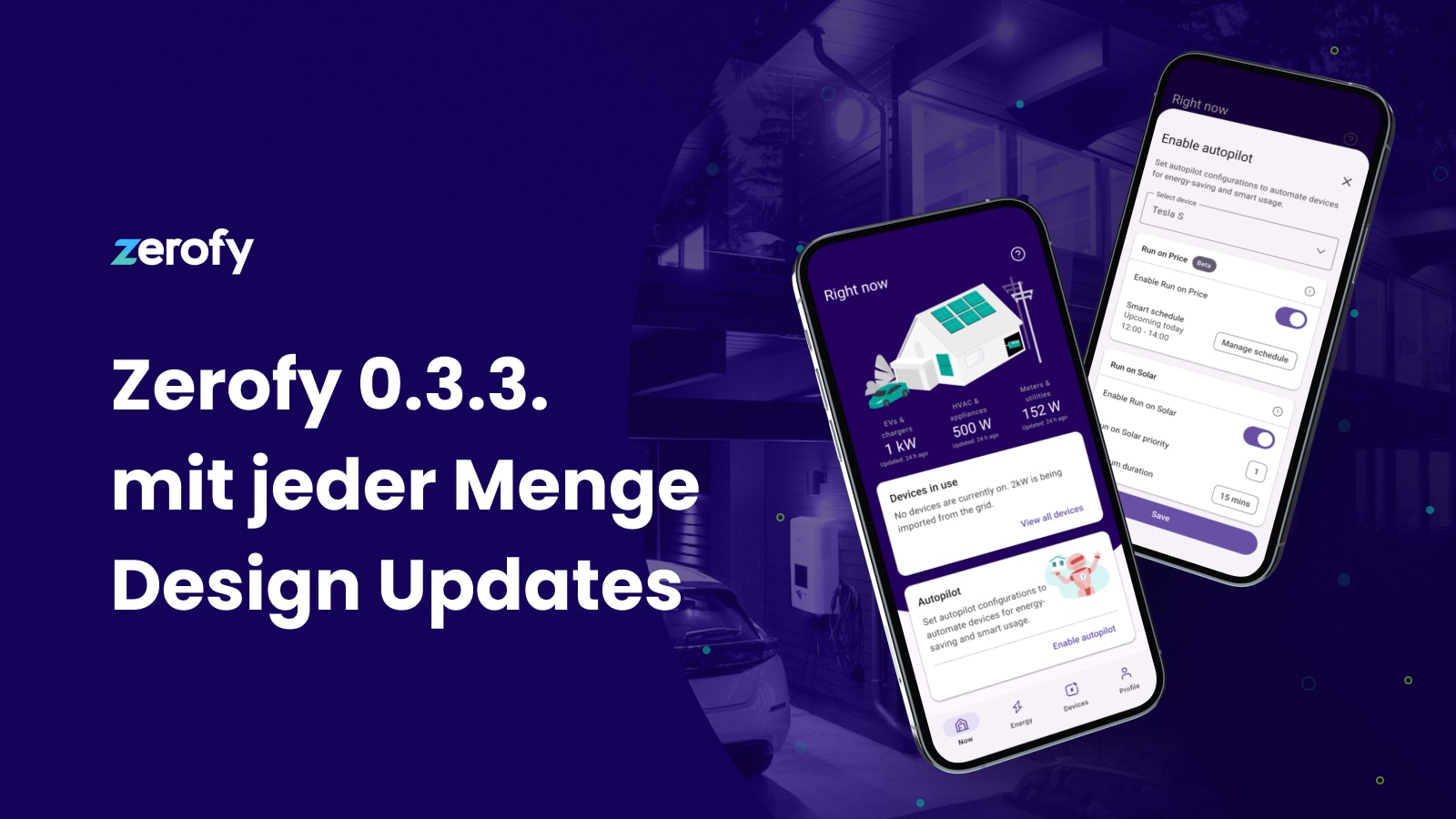
Das neueste Zerofy-Update rückt den Autopiloten in den Mittelpunkt und bringt weitere Verbesserungen der Benutzeroberfläche.
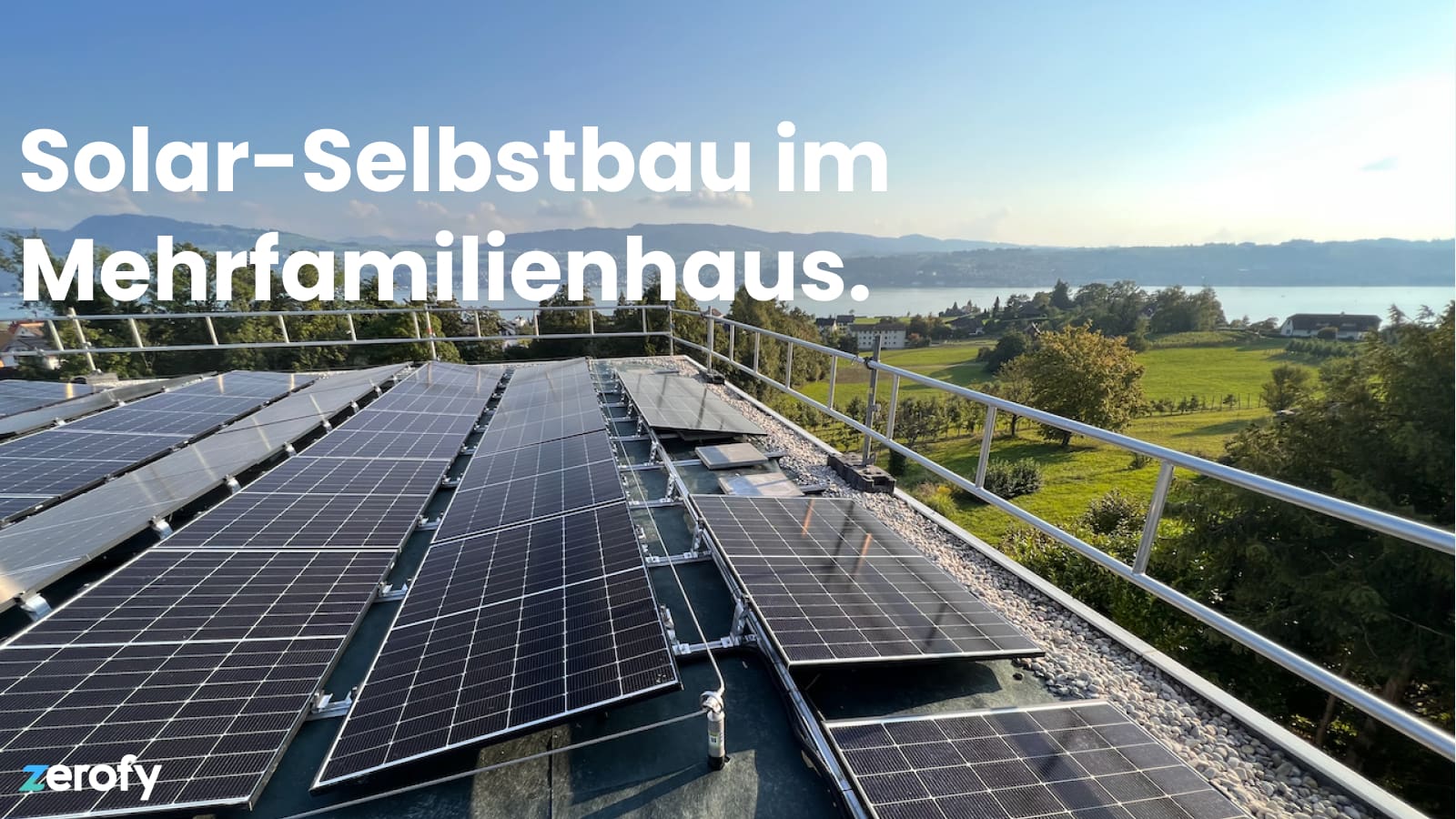
PV-Eigenbau Projekt in einem Mehrfamilienhaus in der Schweiz mit Hilfe einer Energiewende Genossenschaft. Erfahrungsbericht, Kosten, Umsetzung inkl. Abrechnung und Energiemanagement.
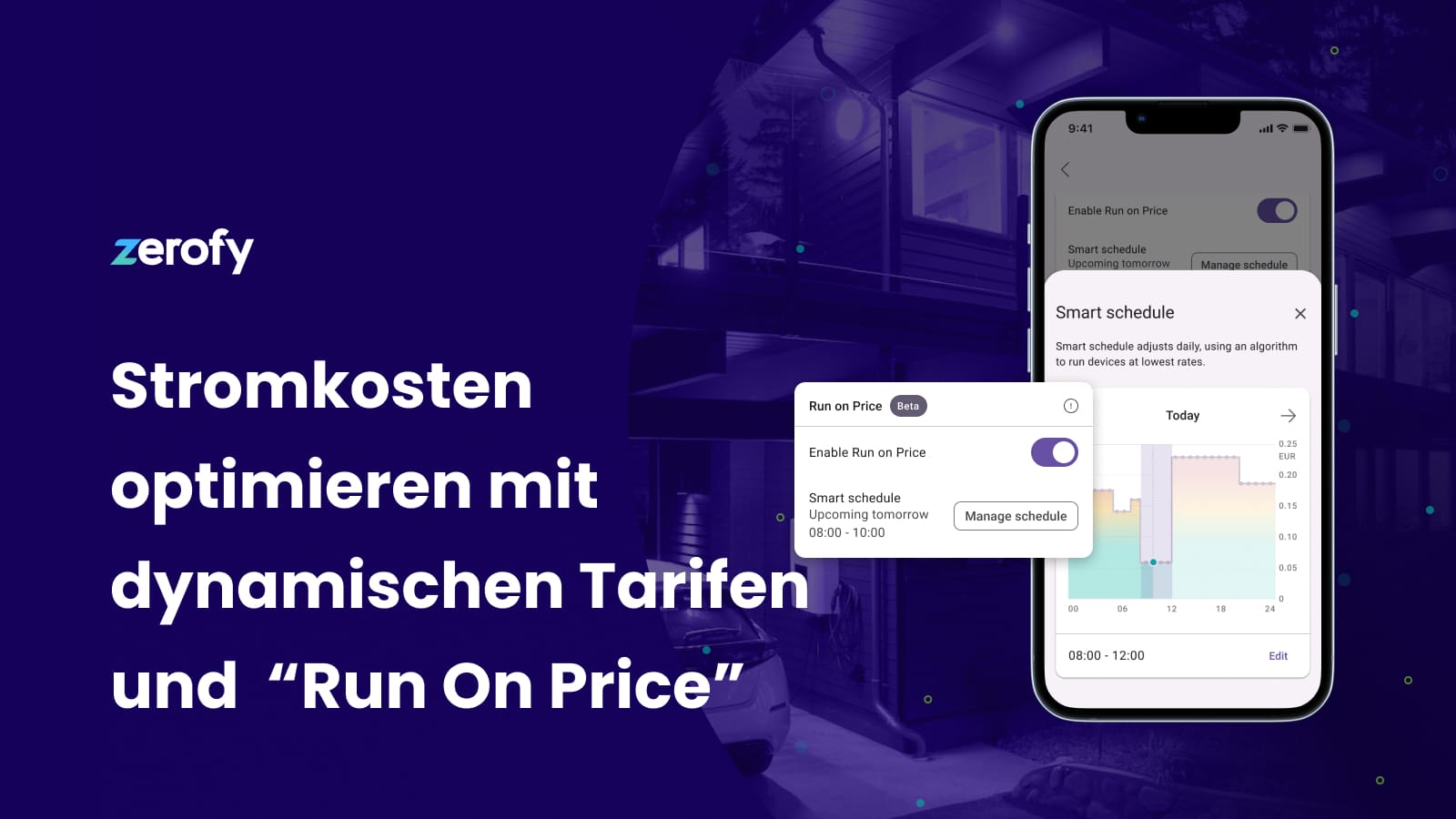
Neue Funktion "Run on Price", die Geräte während der Niedrigstromzeiten automatisiert. Ideal für Nutzer mit dynamischen Tarifen. Außerdem ist Zerofy jetzt auch für Android verfügbar!
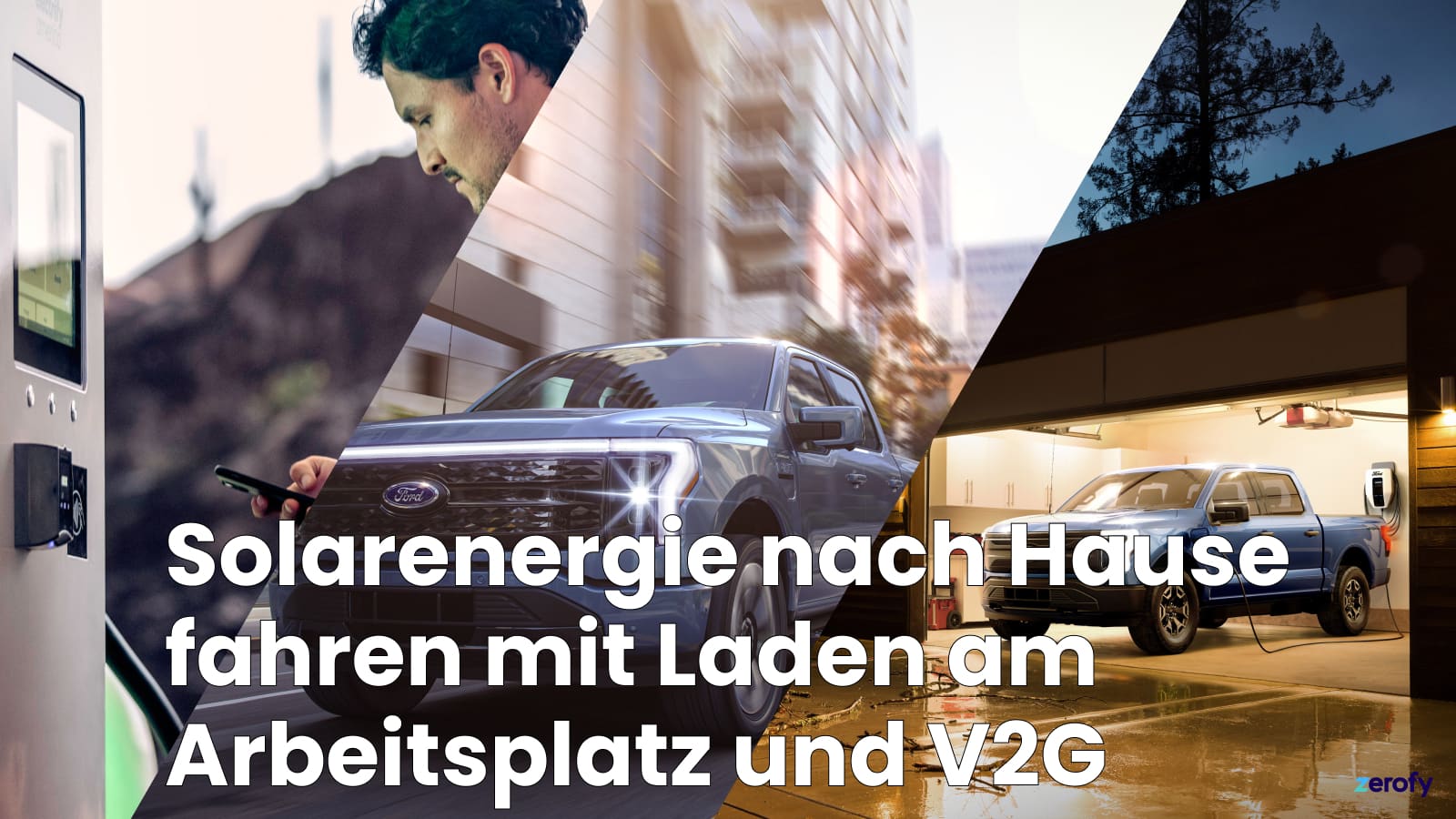
Entdecke, wie das Aufladen von Elektrofahrzeugen (EVs) mit Solarenergie am Arbeitsplatz nachhaltige Energie nach Hause bringen kann. Erfahre mehr über Vehicle-to-Grid (V2G)-Technologie, ihre Auswirkungen auf das Stromnetz, die Lebensdauer der Batterien und die Bildung von Energiegemeinschaften für eine grünere Zukunft.
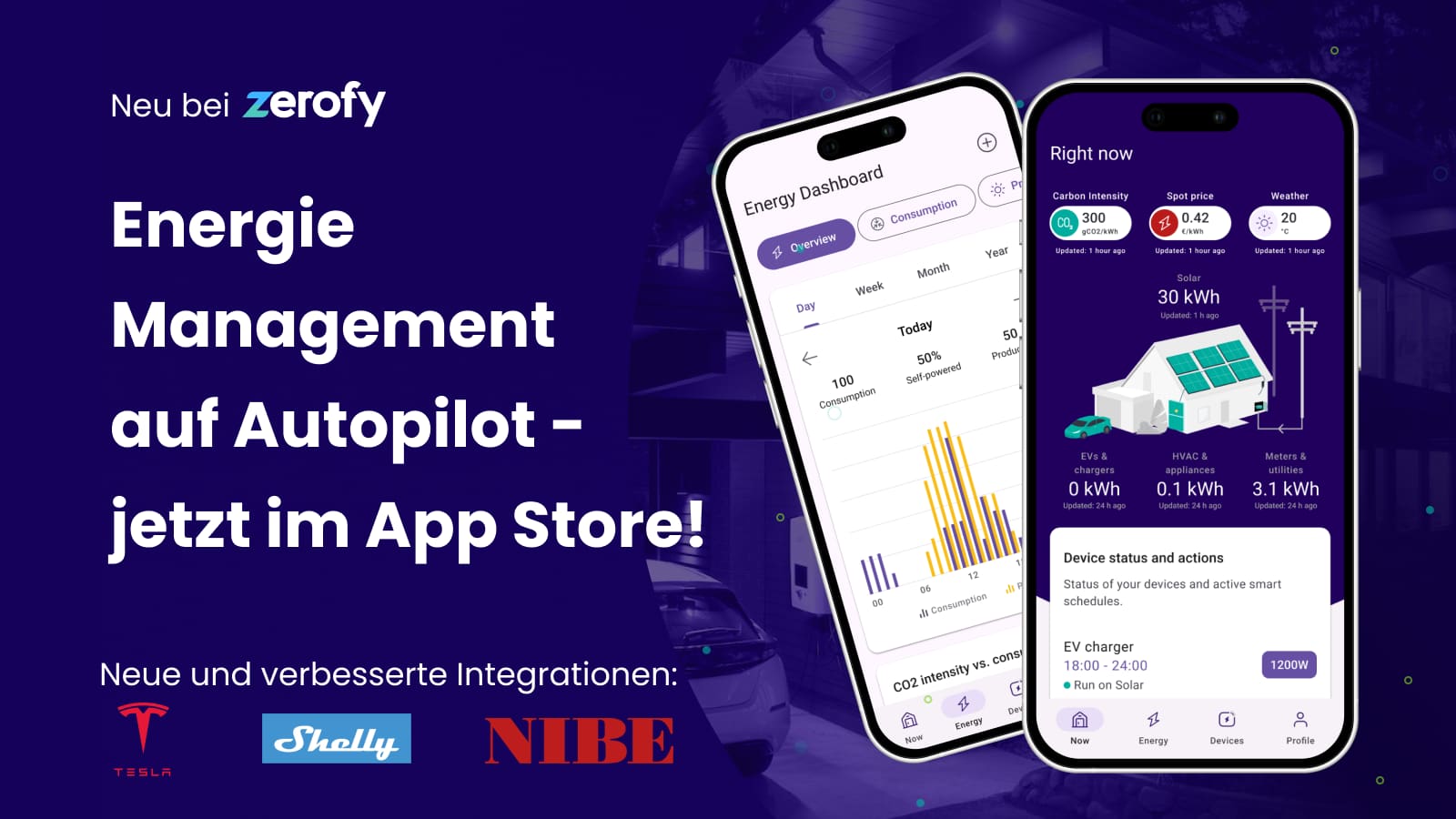
Zerofy ist jetzt im App Store verfügbar, mit UI-Updates und neuen Integrationen wie Tesla und Nibe-Wärmepumpen.
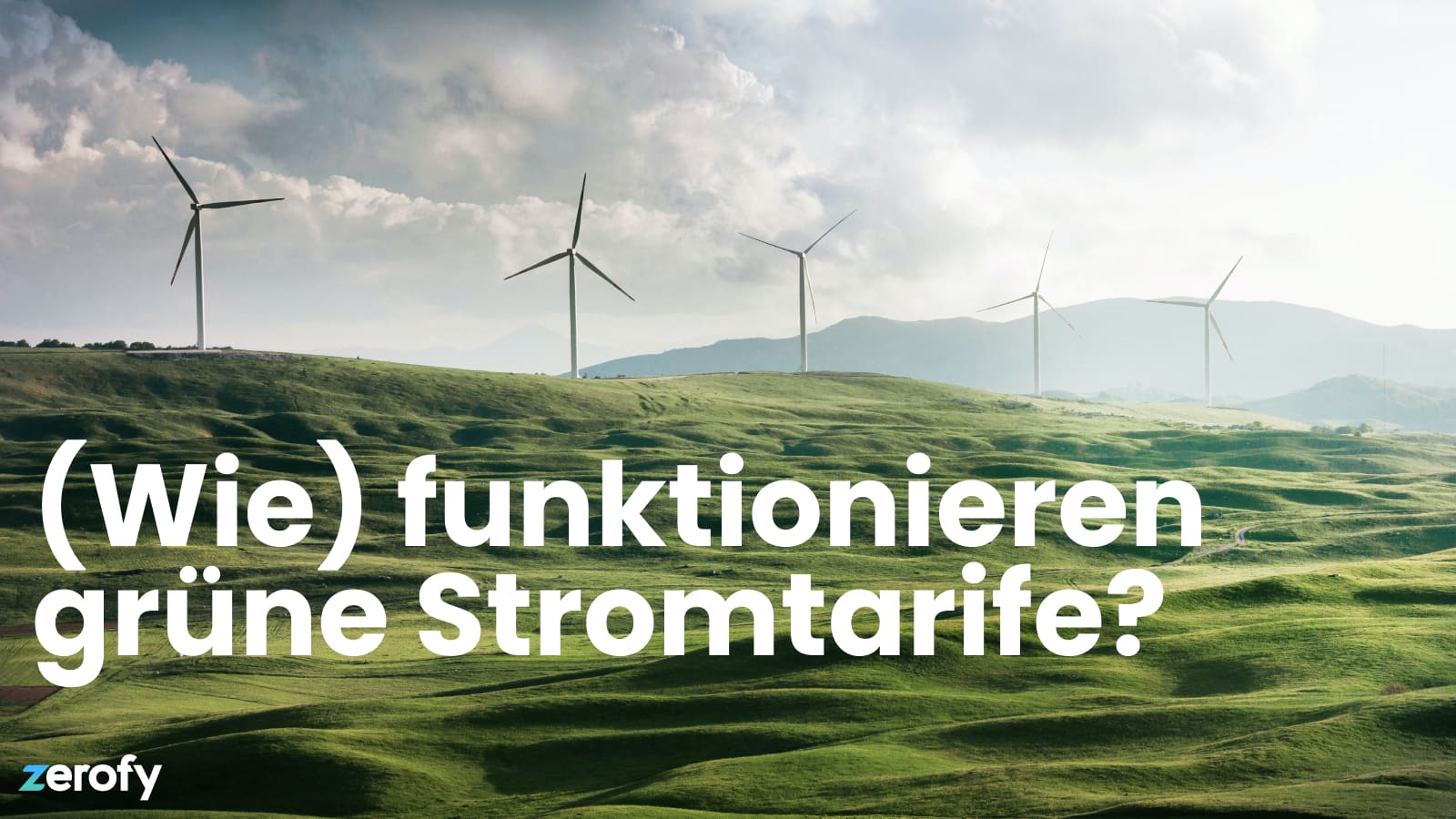
Wir untersuchen ob und wie Ökostrompläne zur Verringerung der CO2-Emissionen beitragen und was "24/7 carbon-free" im Zuge der Bemühungen um saubere Energie bedeutet.

Enhance energy efficiency with Sensibo's integration on Zerofy! Control & automate your AC & heat pumps, optimizing for cost and CO2, directly from one app!
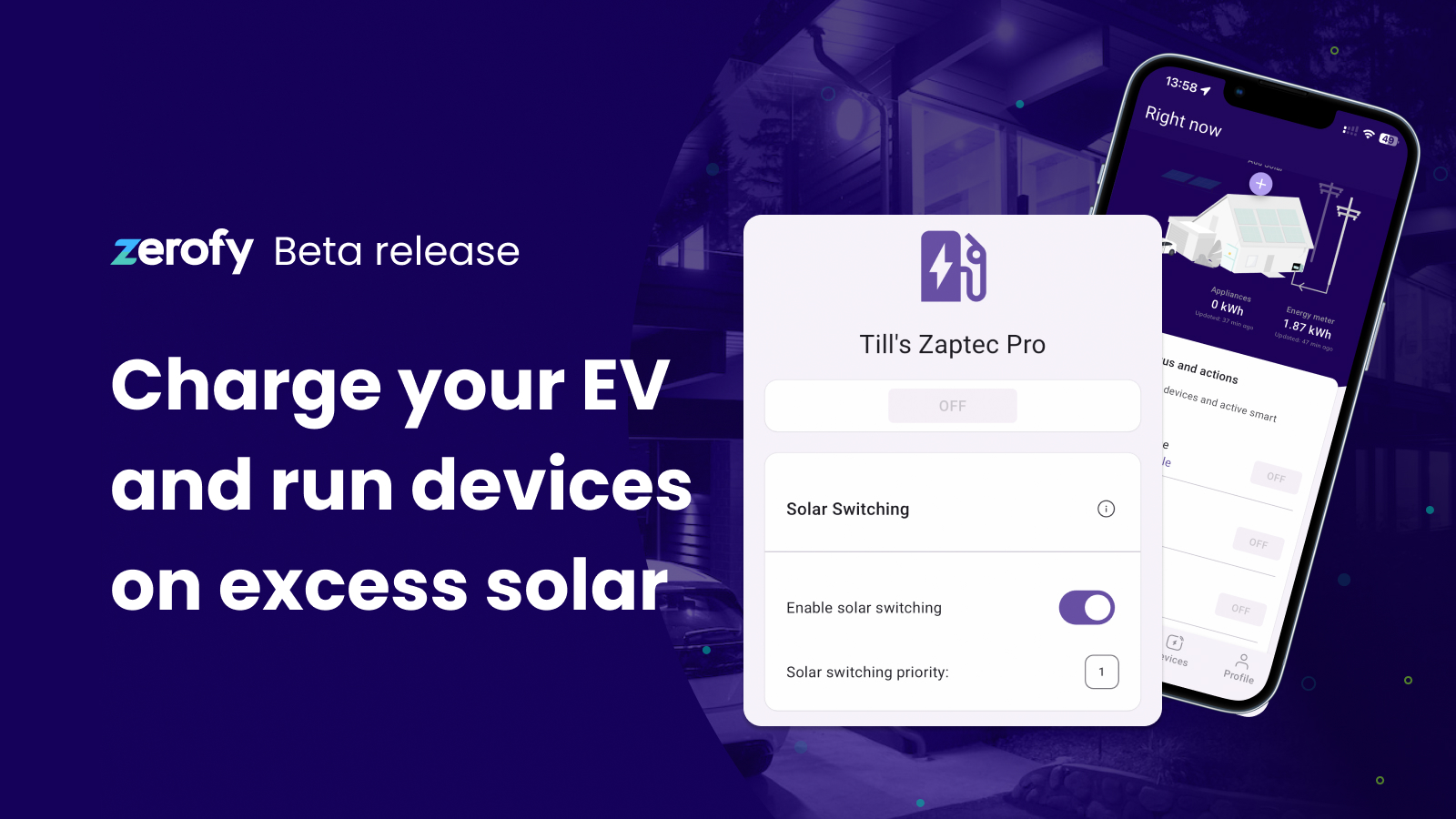
Automatically activate EV charging and other devices during surplus solar production with the latest Zerofy app update.

With our integration you can track energy consumption, program cycle stats, and even manually or automatically control Miele appliances directly from Zerofy.
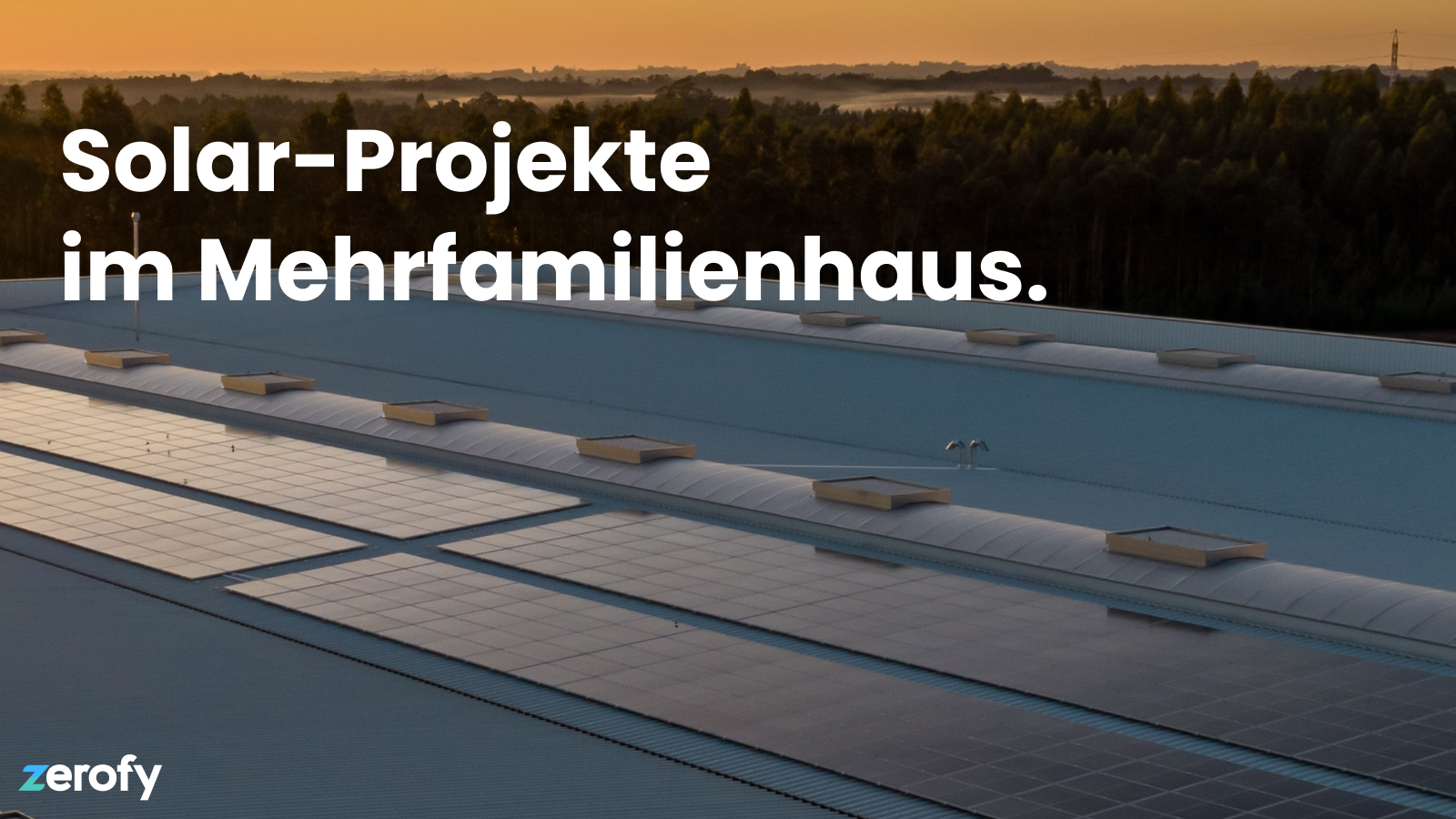
Erfahrungen und Tips zur Umsetzung on Solarprojekten in Mehrfamilienhäusern mit Stockwerkeigentum in der Schweiz. Technisches, Rendite, Anbieterwahl, und mehr.
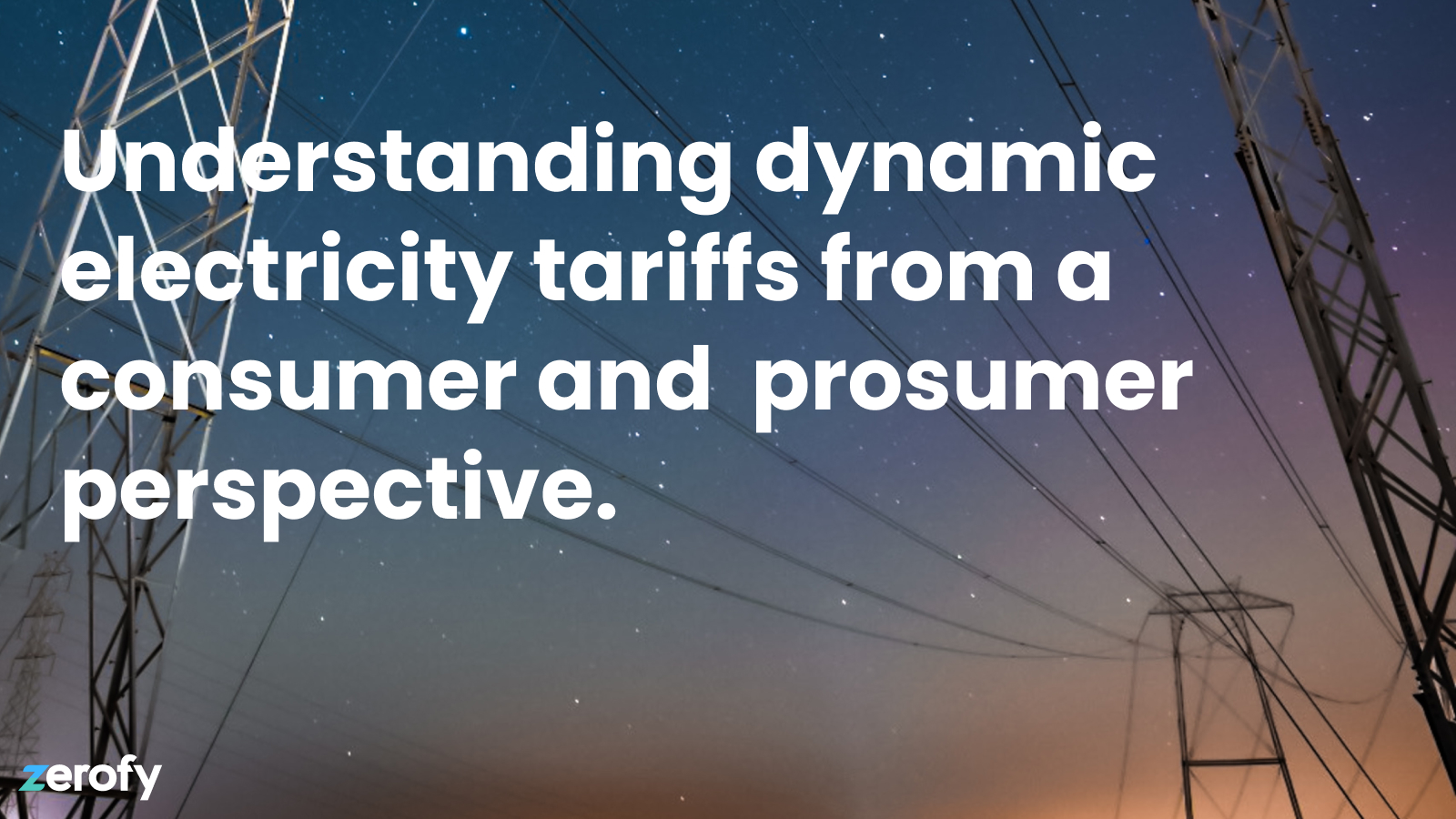
Discover the impact of dynamic retail electricity tariffs on solar self-consumption vs. feed-in options. Learn how to optimize energy costs for electrified households given these data.
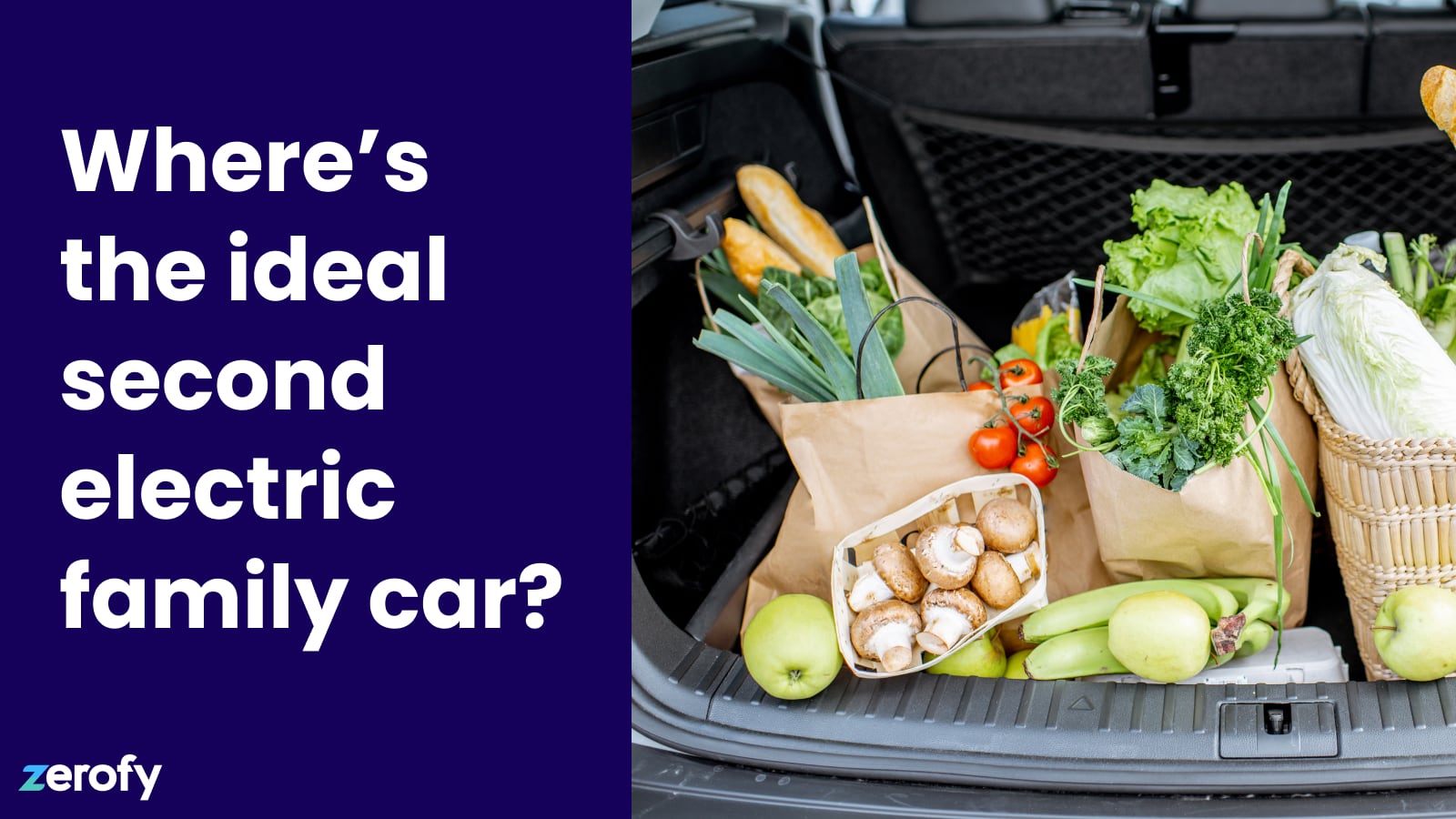
Families looking to acquire a second, smaller EV for short-distance tasks are often met with unexpected challenges. This article discusses these issues, shedding light on the surprising absence of ideal options in the current market.
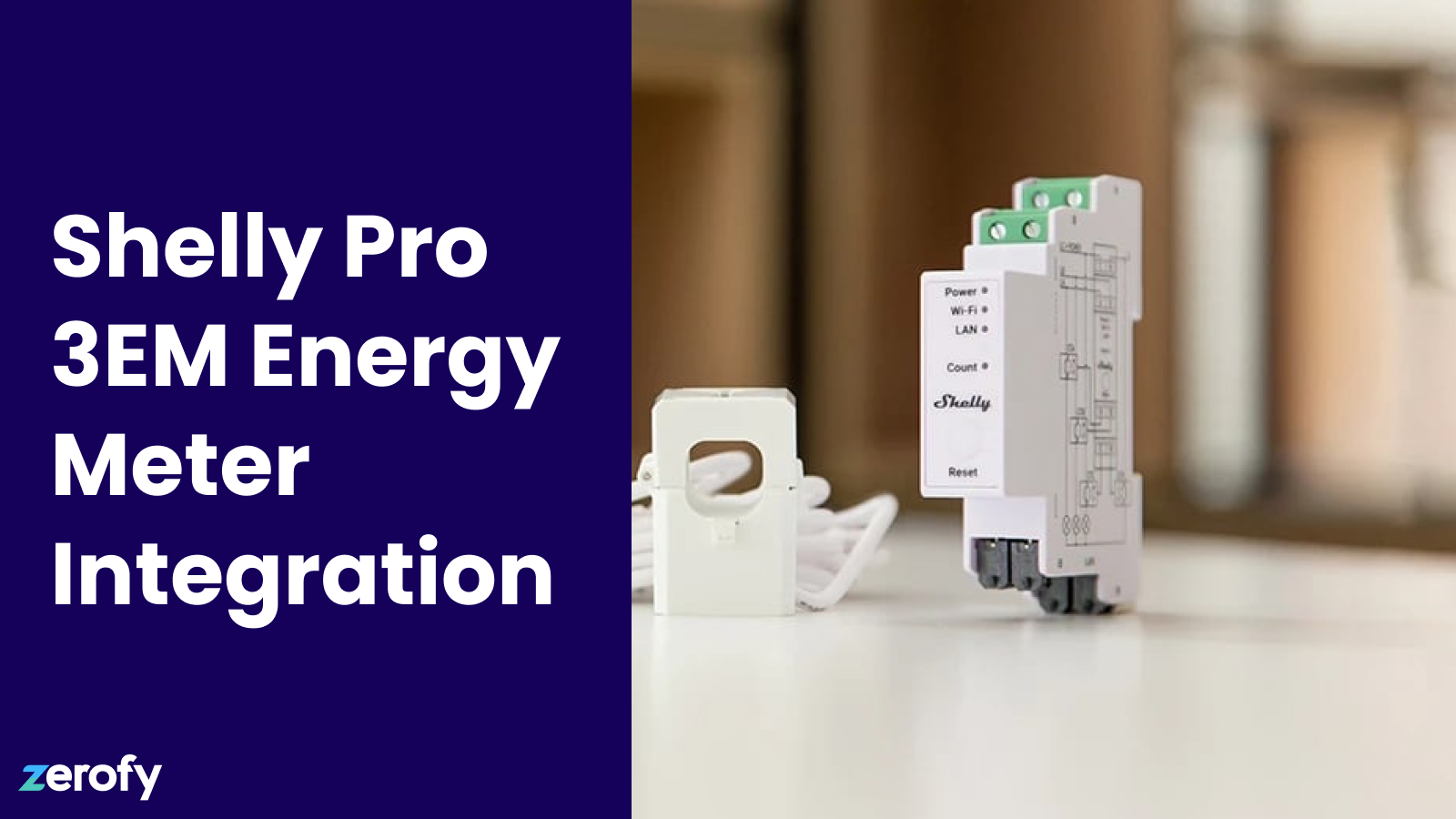
Discover the future of home energy management with the Shelly Energy Meter now integrated with the Zerofy mobile app. This easy-to-install, cost-effective device offers real-time energy consumption data
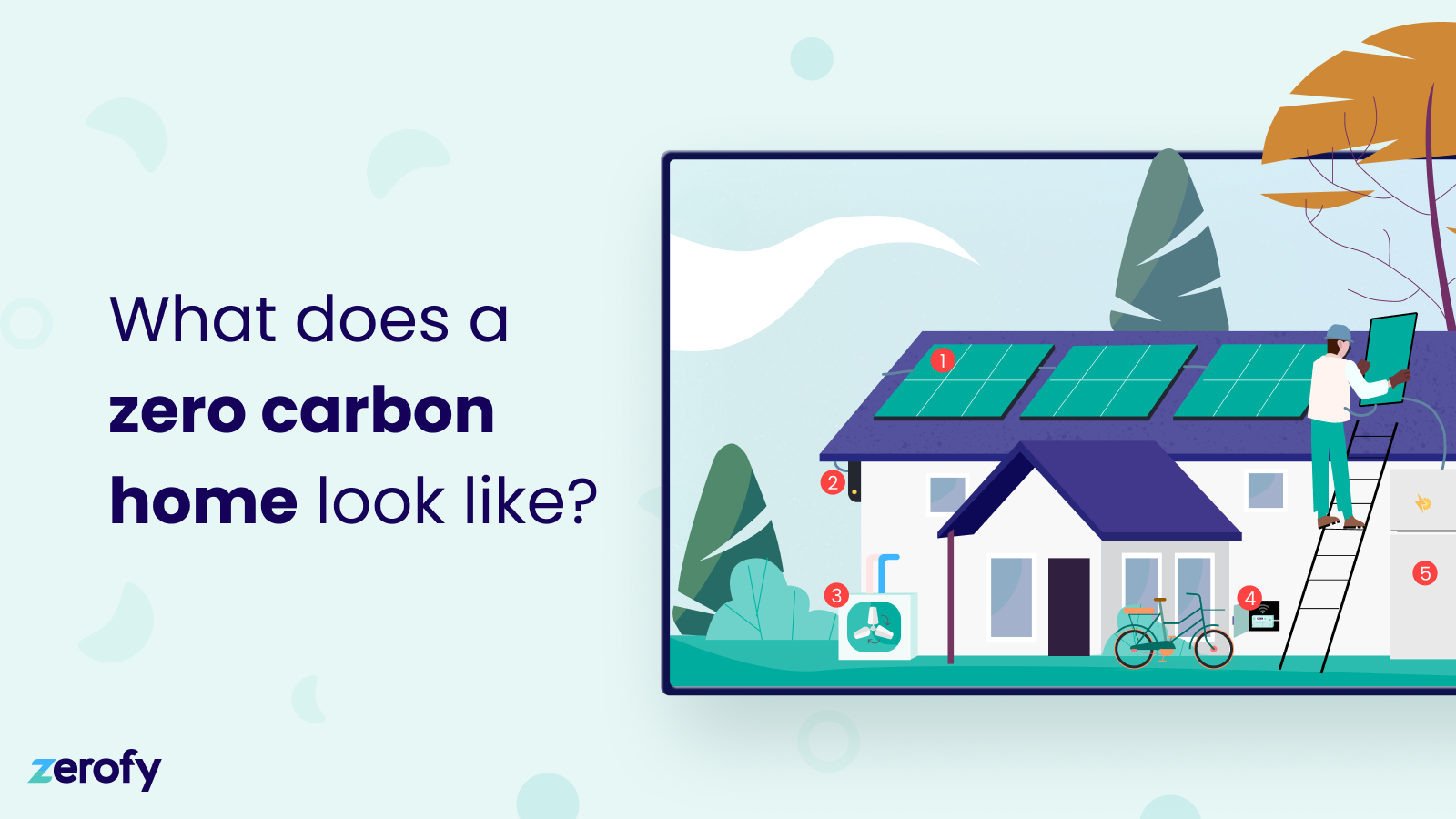
Zero carbon homes can play an important role in addressing climate change. Learn about Zerofy’s vision for the zero carbon home, and all the components that contribute.
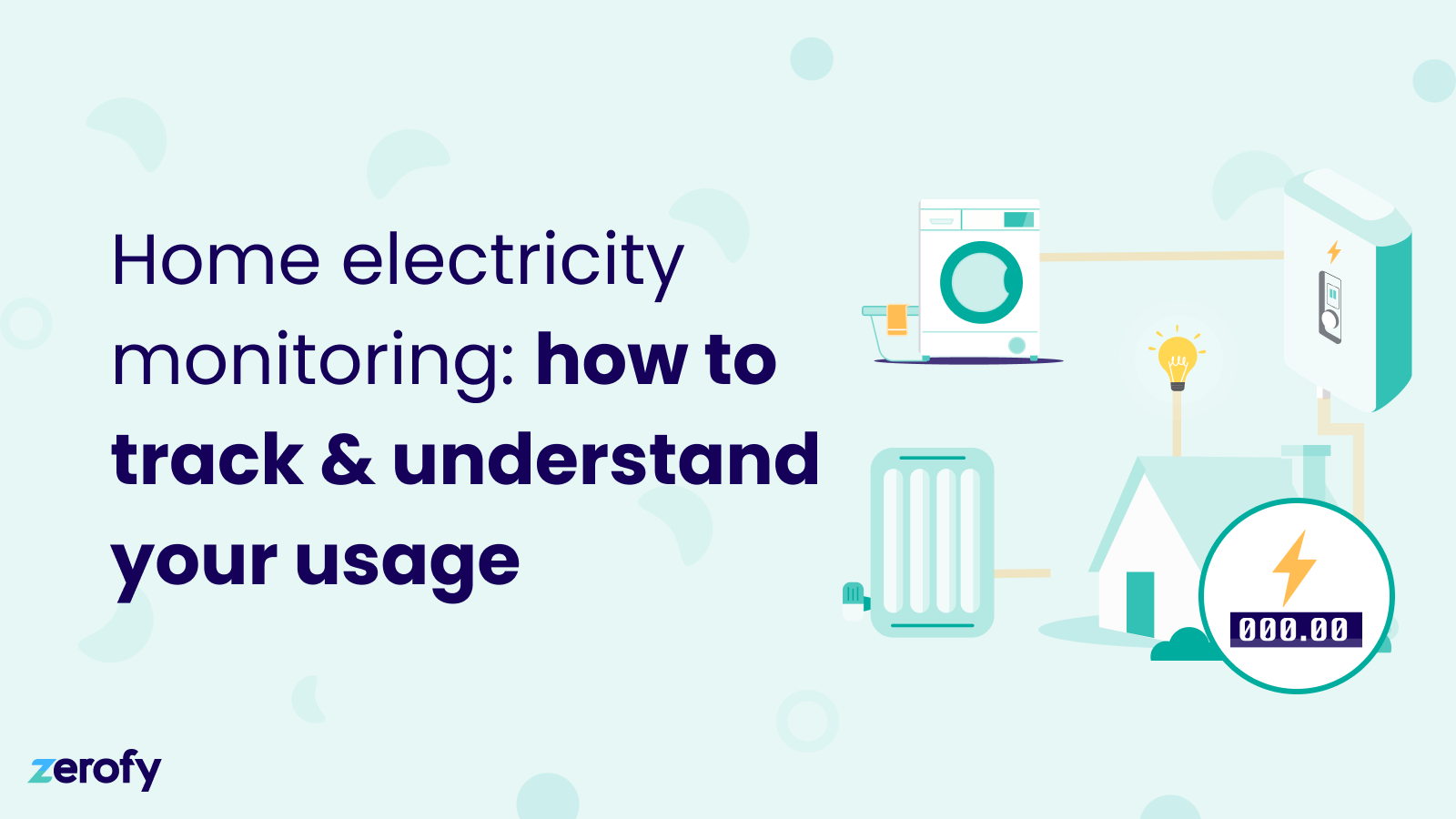
Home electricity monitoring is a valuable way to understand and reduce your usage, as well as your associated CO2 emissions and bills.
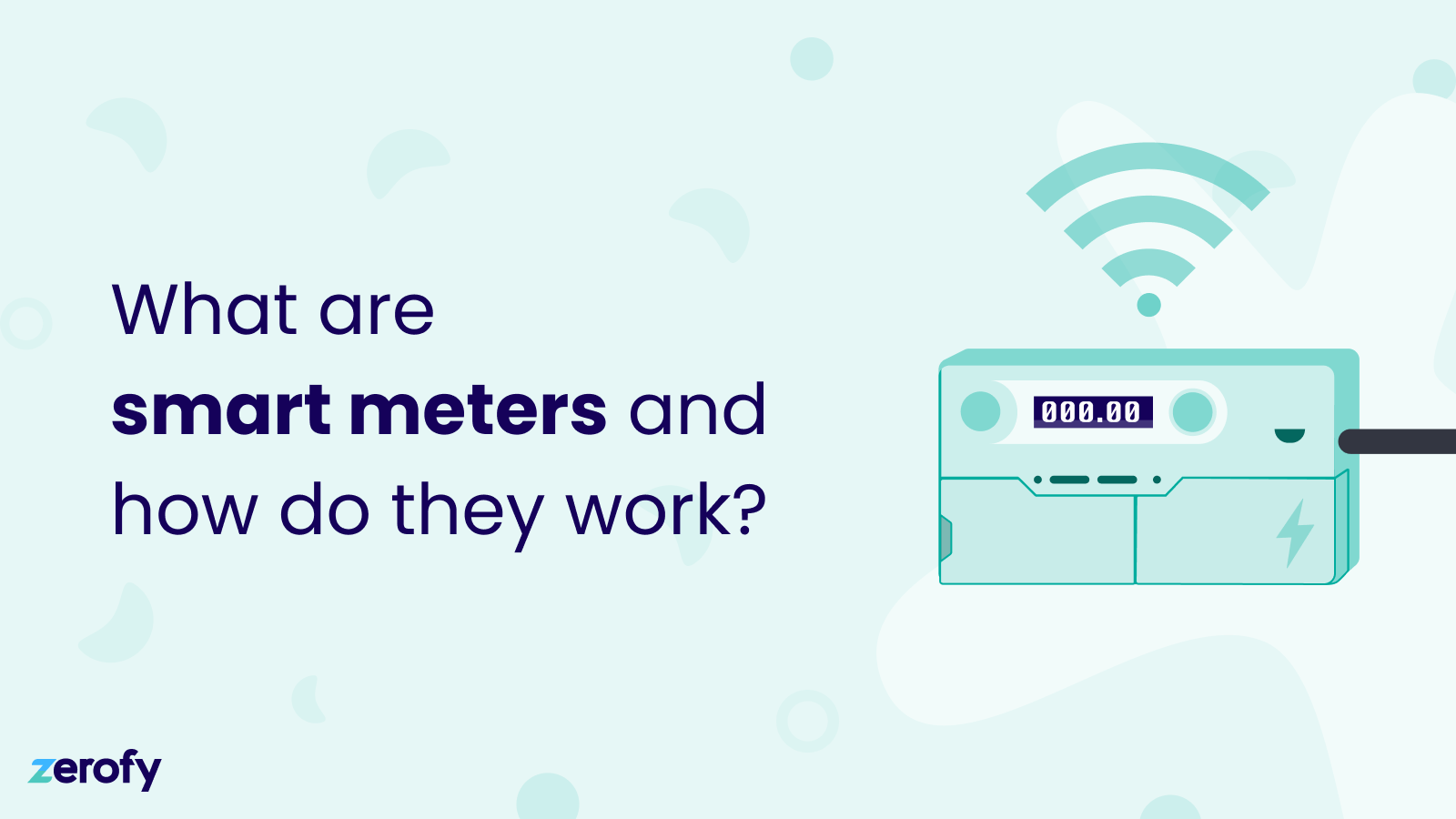
You may have heard of smart meters, but aren’t quite sure how they work and their benefits. Learn what they do, and how they can help your household save.
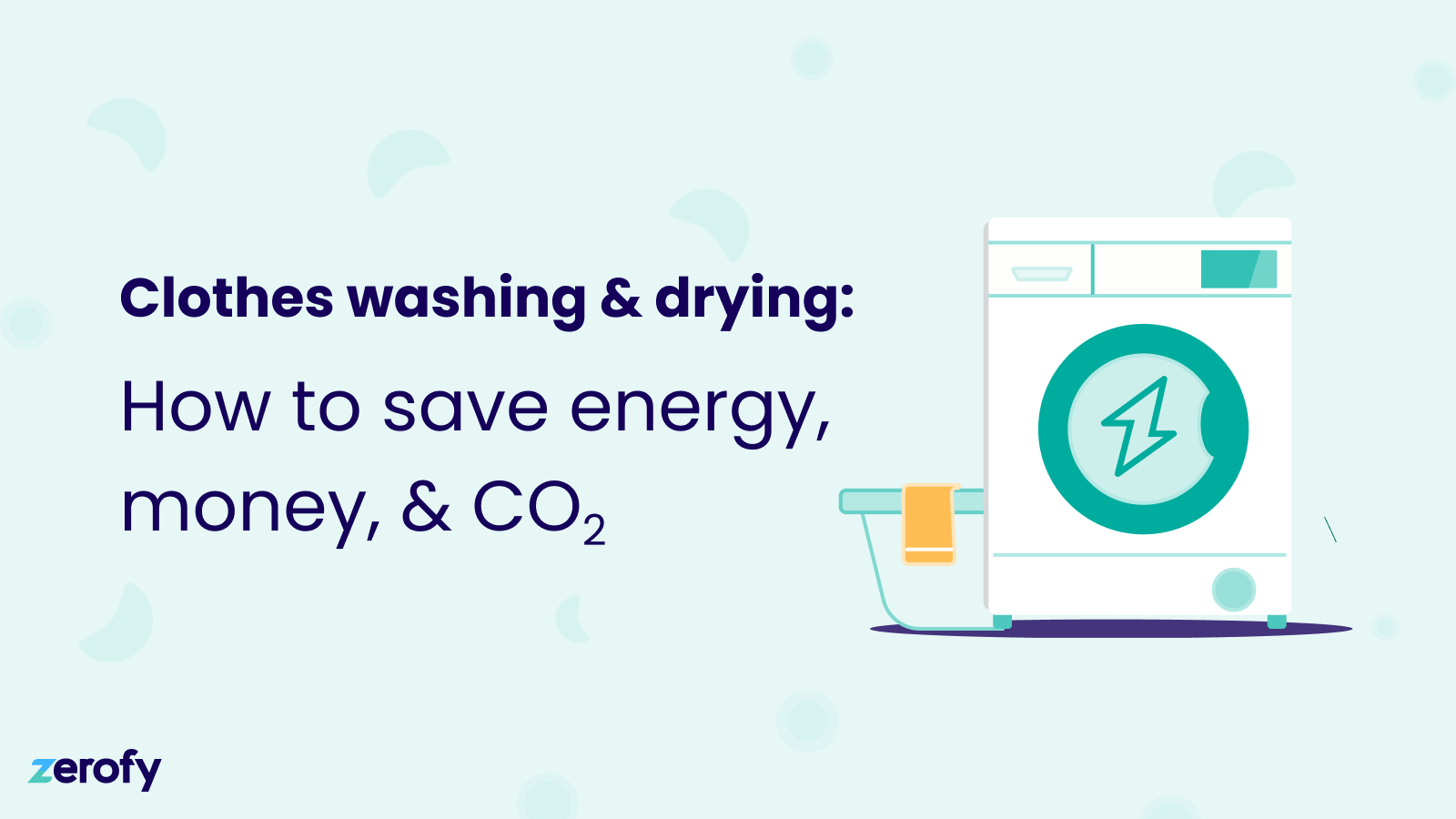
Learn what actions you can take to reduce the energy, CO2 emissions, and costs associated with washing and drying your household’s clothing.
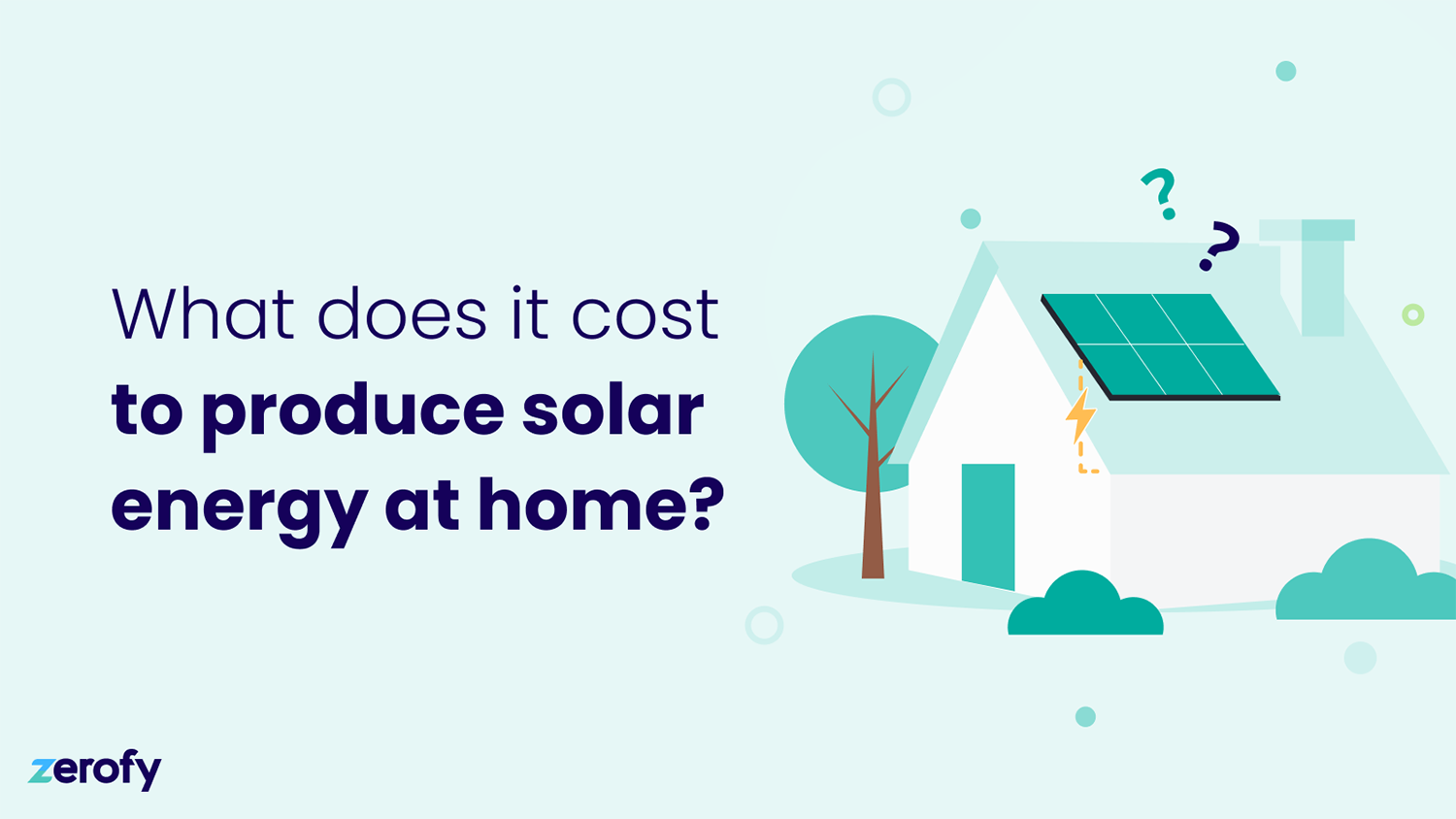
Interested in installing a home solar set-up and producing renewable energy? Here’s how to determine what it could cost.
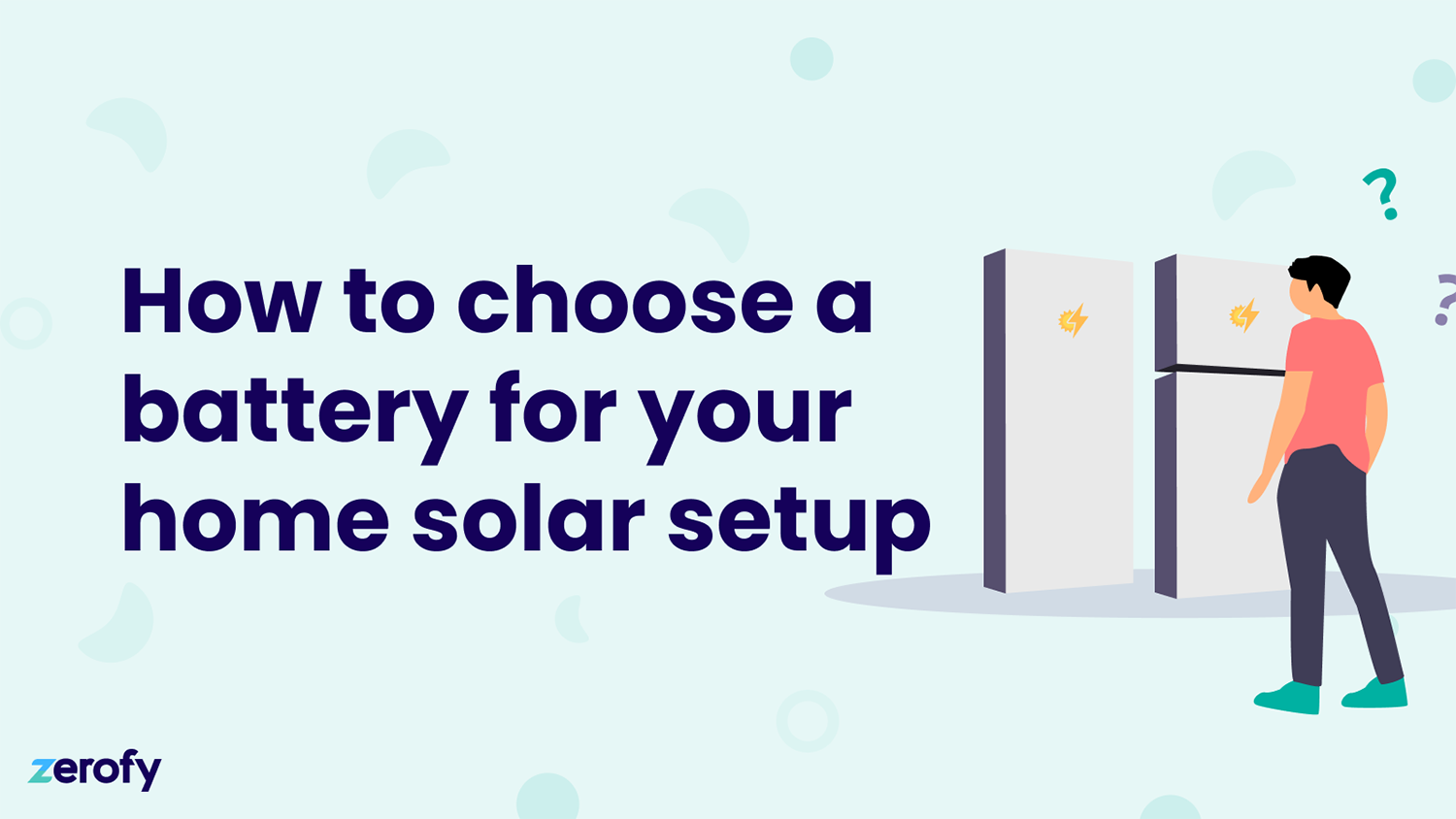
Looking for a home battery to store energy from your solar system set-up? Learn what options are available and key factors to consider before you buy.
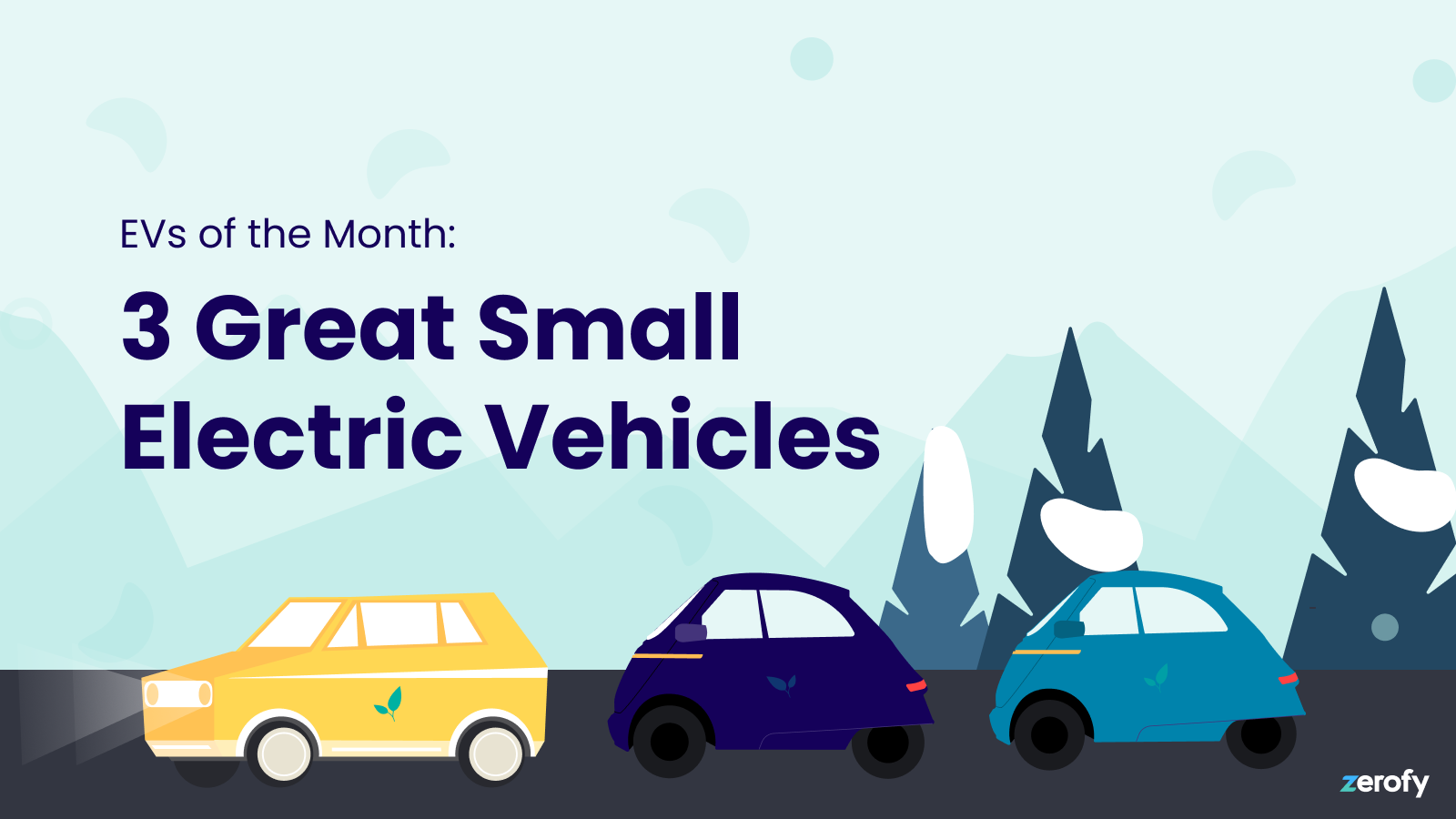
Looking for a small EV? We’ve rounded up three excellent and ultra-compact options for your (micro) green transportation needs.
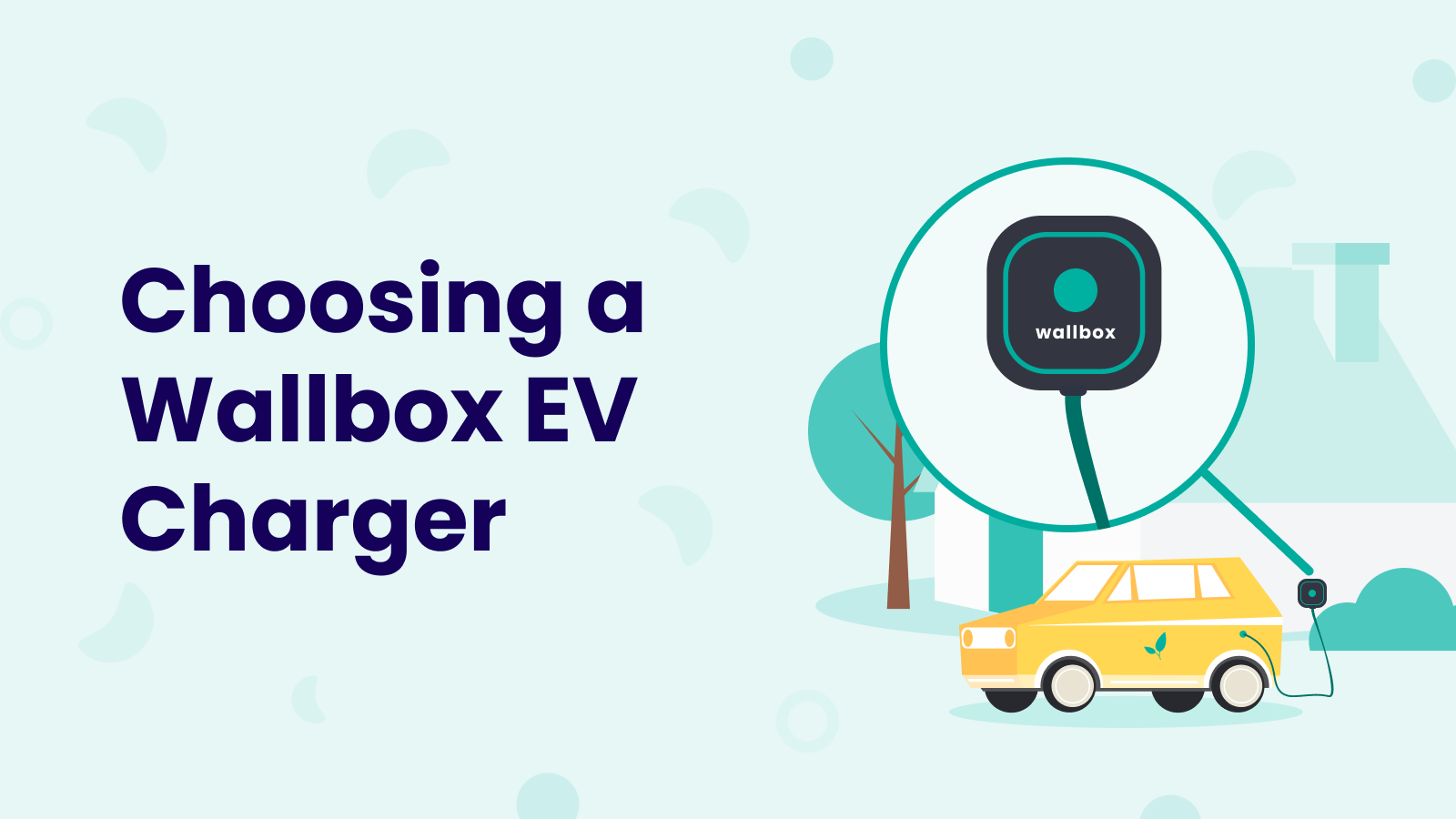
An EV wallbox charger allows for secure and flexible at-home charging. Learn what factors to consider when choosing here.
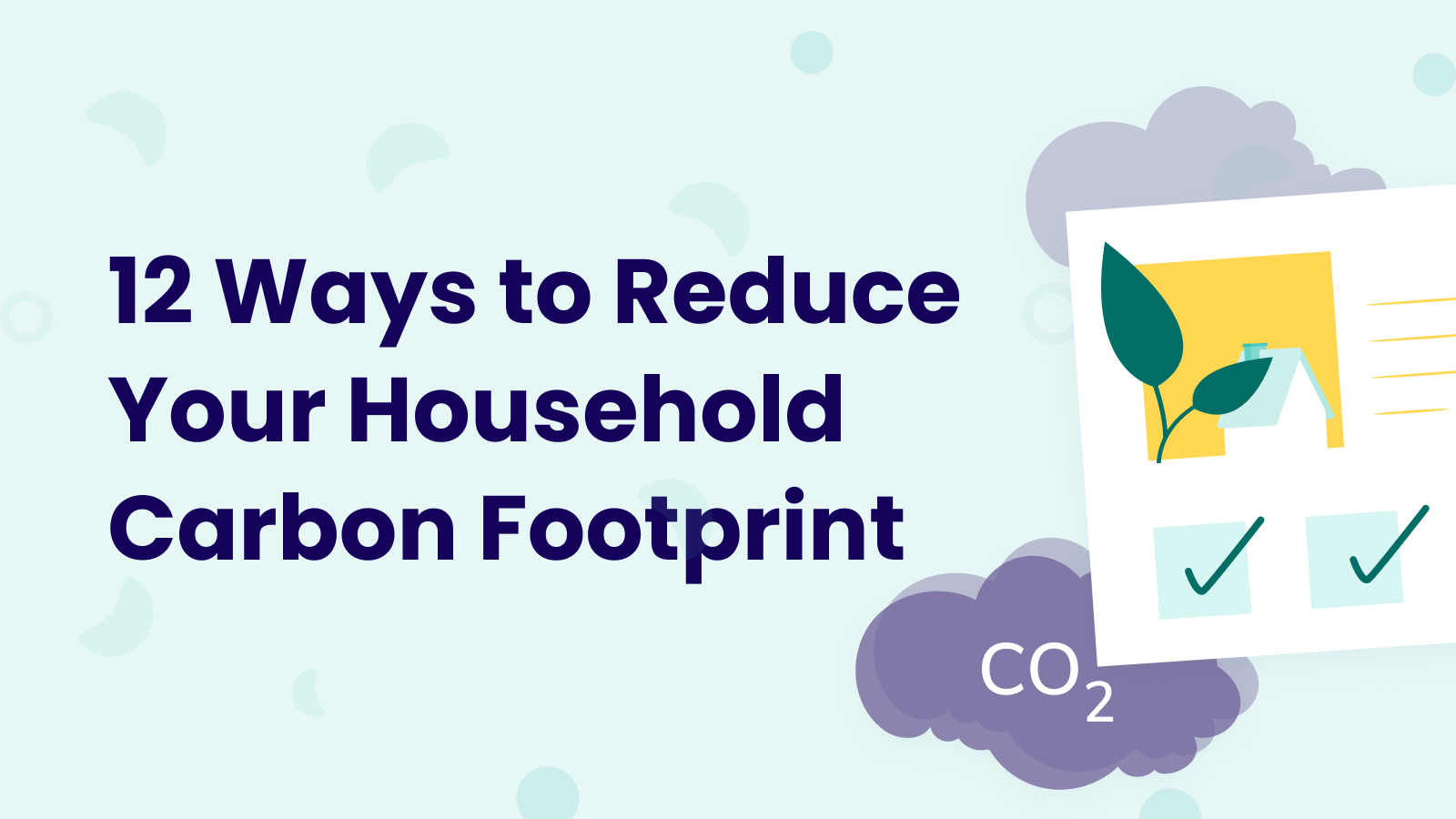
You may have heard the term carbon footprint used before to describe the amount of carbon dioxide (CO2) emitted from the consumption of fossil fuels by an individual. So, what about the household carbon footprint? This is the CO2 emissions produced by everyone living in a single household, and importantly, it encompasses shared resources that can often be left out by the individual carbon footprint calculation.

In the midst of the climate challenge, one thing that gives us great optimism is that there are so many intelligent and committed people working on solutions and providing resources on what we can do. Sharing of insights, innovations, news, and recommendations for individual climate action are all important for tackling the defining challenge of our time.
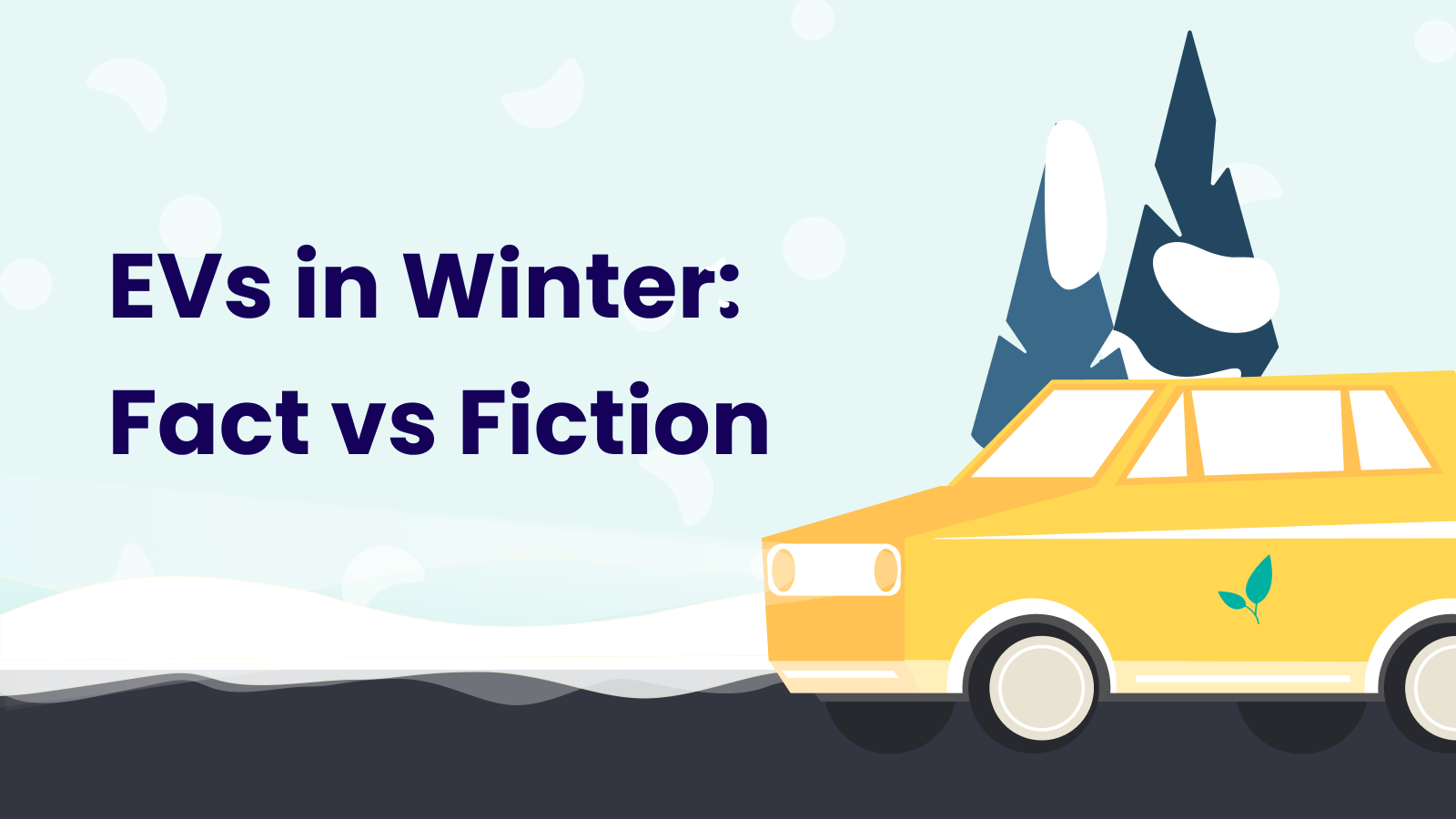
Are you considering purchasing an EV, but unsure if your cold winters make it a practical choice? It is a valid question to ask, especially if you are unfamiliar with EVs and know the effect cold weather can have on electronics that operate on batteries. Zerofy has highlighted some of the main considerations, plus misconceptions, about driving an EV in winter so you can make the best decision based on your climate.

We have just released a new feature in the Zerofy app that allows users to connect their Shelly and myStrom Smart WiFi plugs. This means that users can measure energy usage and associated carbon dioxide emissions for their various household devices via these plugs. By connecting these Smart WiFi plugs, you will have real-time and automated insights into how much electricity your household devices are using, and the effect this is having on your overall household carbon footprint.
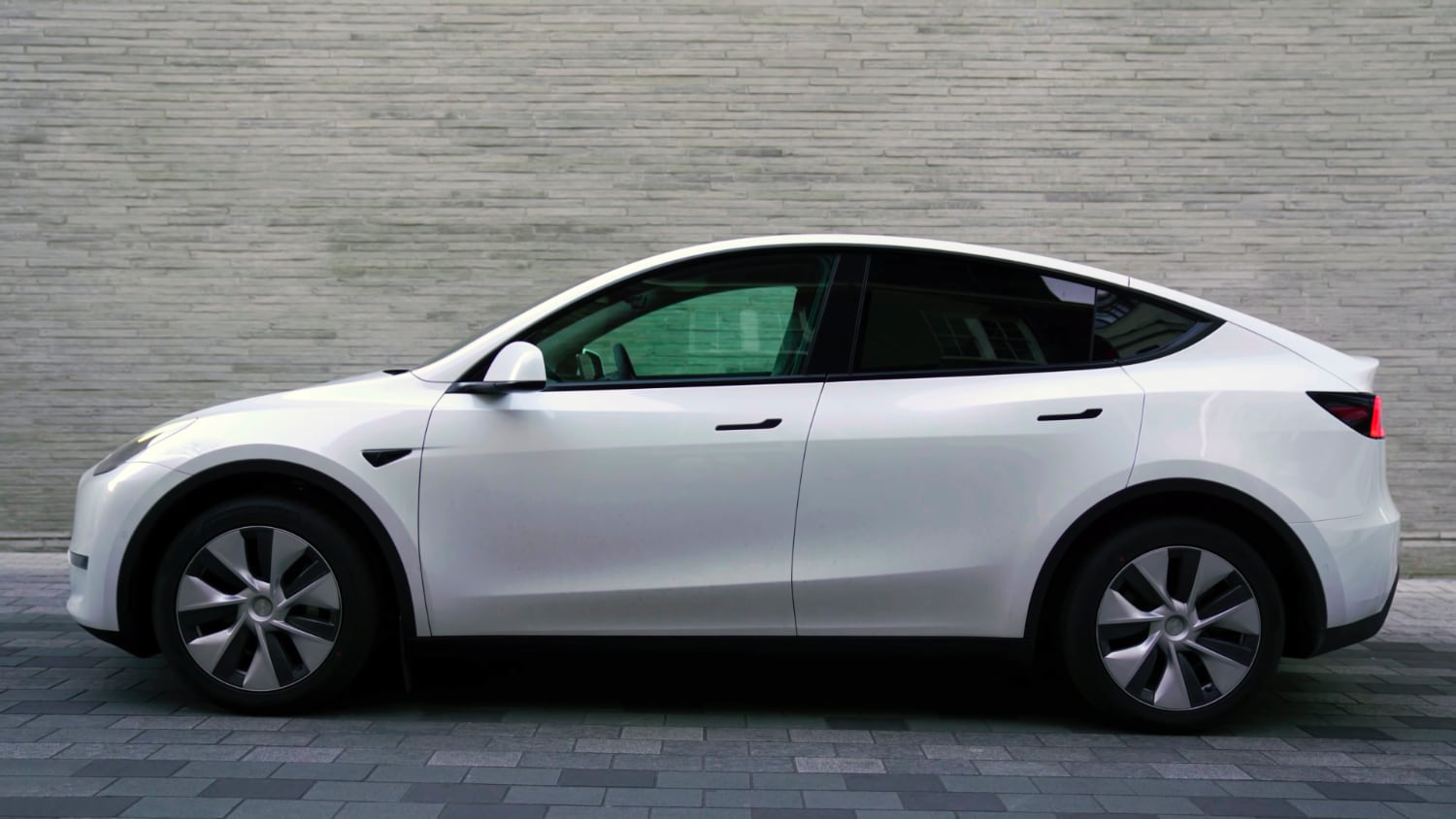
We’ve already covered some pioneering EVs in Zerofy’s EV of the Month series, including the Nissan Leaf and the BMW i3. But the elephant in the room when it comes to market-defining EVs are of course Tesla’s Model S, Model 3, and the Tesla Model Y, our pick for EV of the month in October. While you may think this is not the most creative choice, hear us out: there are good reasons why the Model Y has been such a sustained and dominant choice.

What is COP27? The acronym COP stands for Conference of the Parties. COP is where major decisions are made by the UN Framework Convention on Climate Change. Once a year, signatory governments gather to discuss and negotiate how they are going to work together to combat climate change. Each UN member state is a signatory, plus Palestine, the Cook Islands, and Niue. This year will be the 27th time signatories have gathered for this conference, hence the moniker COP27.
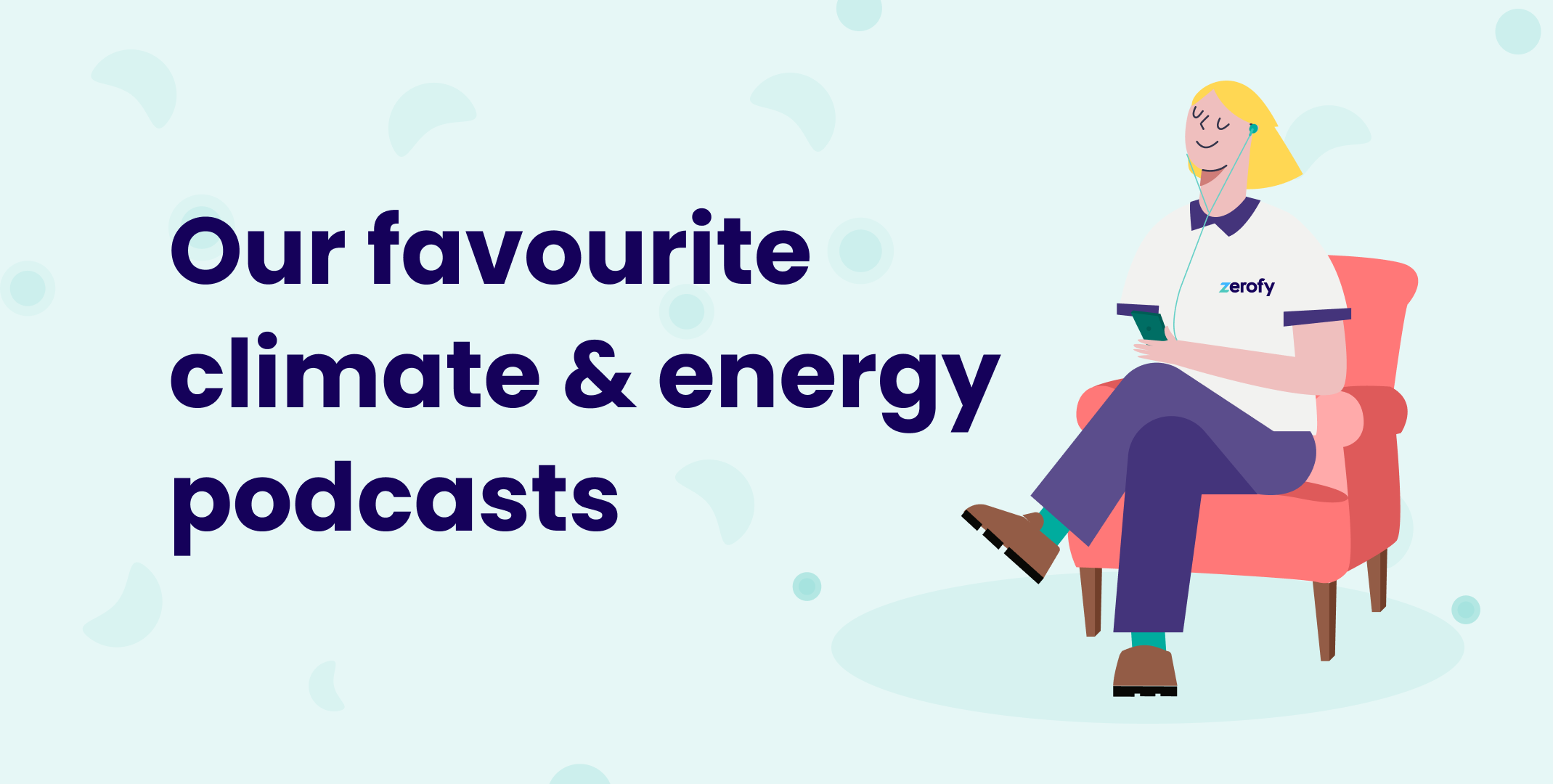
The transition to a zero carbon world is going to require a wide range of opinions, approaches and innovations. At Zerofy, we believe there is always more to learn and are constantly seeking out additional knowledge to provide the best experiences for our users.
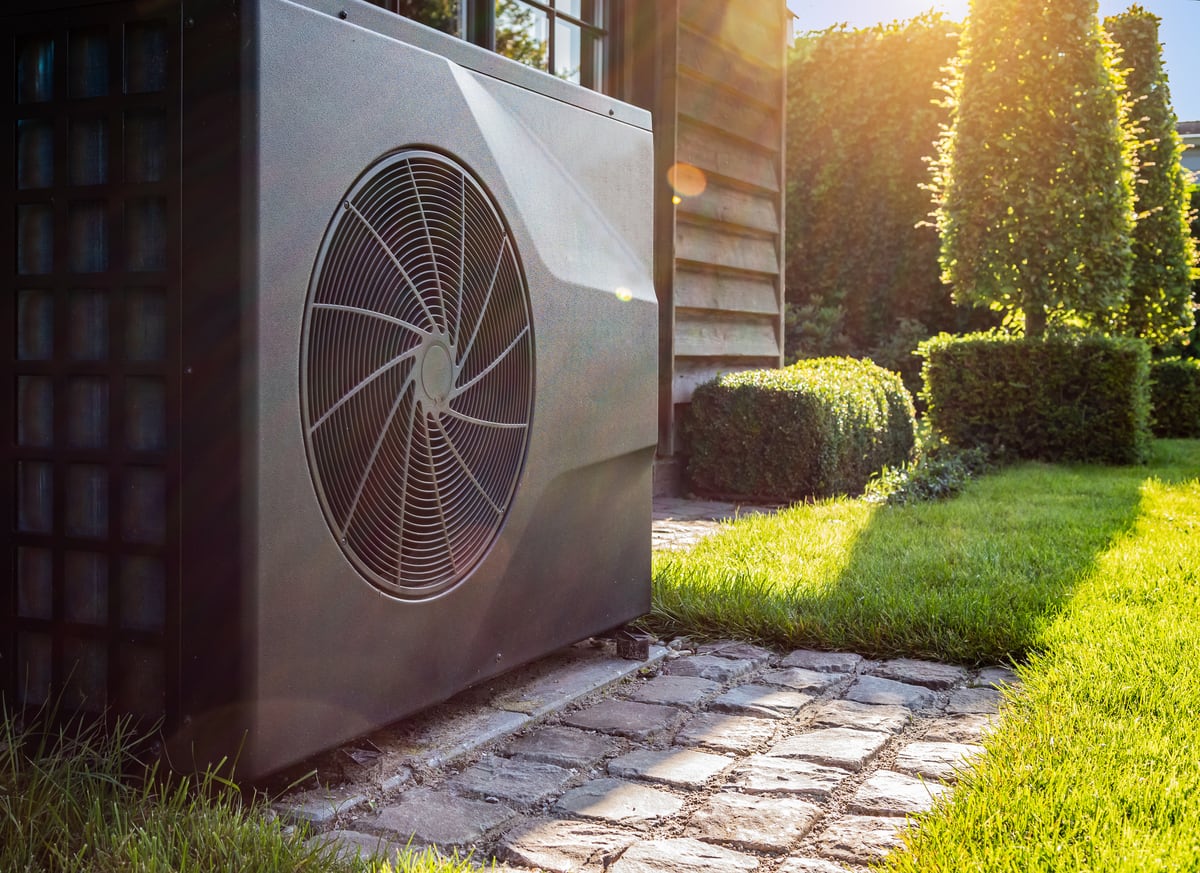
The heating of homes makes up a high share of energy use in countries that have variable and cold climates. In the European Union in 2020, home heating was the main use of energy by households at 62.8% of final energy consumption in the residential sector [1]. Additionally, 15% was used for water heating. At the same time, oil and gas are still the main fuels burned by most local boilers [2].
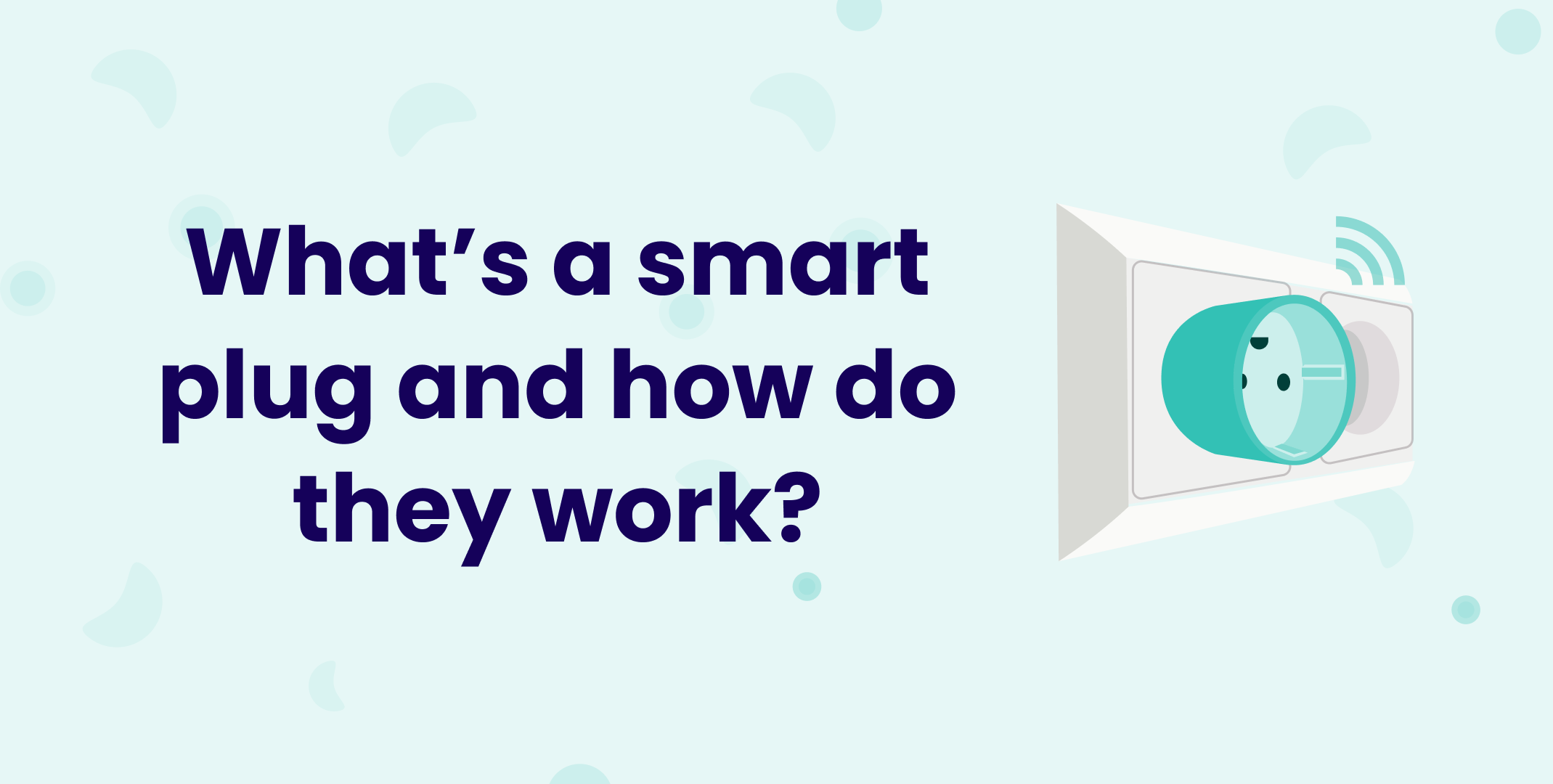
A smart plug is a device that fits in between the power socket in your wall and an appliance. They are similar in appearance to power adapters you may have used when traveling. The reason they get the ‘smart’ moniker is because these plugs allow you to control the appliance they’re plugged into remotely, enabling them to function in more environmentally efficient and useful ways.
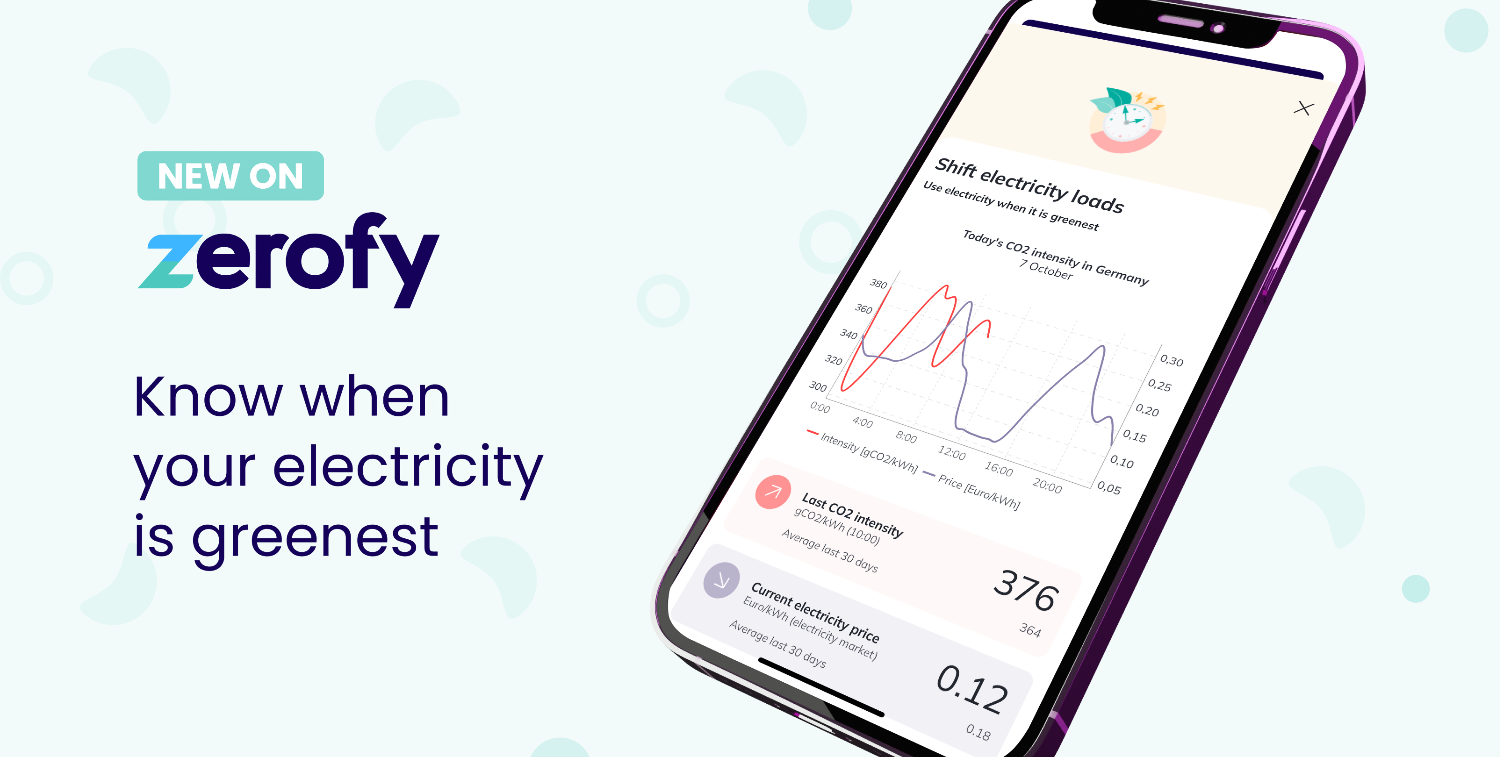
In the transition to a zero carbon lifestyle, we’re all trying to make the smartest decisions possible. Access to accurate information and data is a key part of determining how and when we use energy. We’re excited to announce a new feature in the Zerofy app that empowers you to easily see when electricity is greenest, so you can determine the best time for higher energy household activities.

Für die Wahl des EV des Monats gibt es zwei Gründe. Erstens: Angesichts der Energiekrise in Europa ist die Netzstabilität in aller Munde. Hier können Elektrofahrzeuge mit Notstromfunktion (V2G, vehicle to grid, oder V2H, vehicle to home) eine wichtige Rolle bei der Stabilisierung des Netzes spielen. Zweitens: Wir haben zwar über E-Fahrzeuge aller Größen und Formen berichtet, aber einen Pickup-Truck hatten wir noch nicht als unser E-Fahrzeug des Monats. Daher stellen wir Ihnen den Ford F150 Lightning vor: ein Pickup-Truck mit großartiger V2H-Unterstützung.

In order to avoid the most significant impacts from climate change, warming has to be limited to 1.5°-2° Celsius. This could be achieved by decarbonising all human activities, including transport, energy, and food. It requires widespread cooperation to reach zero emissions globally, including the public sector, businesses, but also households. In fact, households are indirectly responsible for about 70% of global emissions.
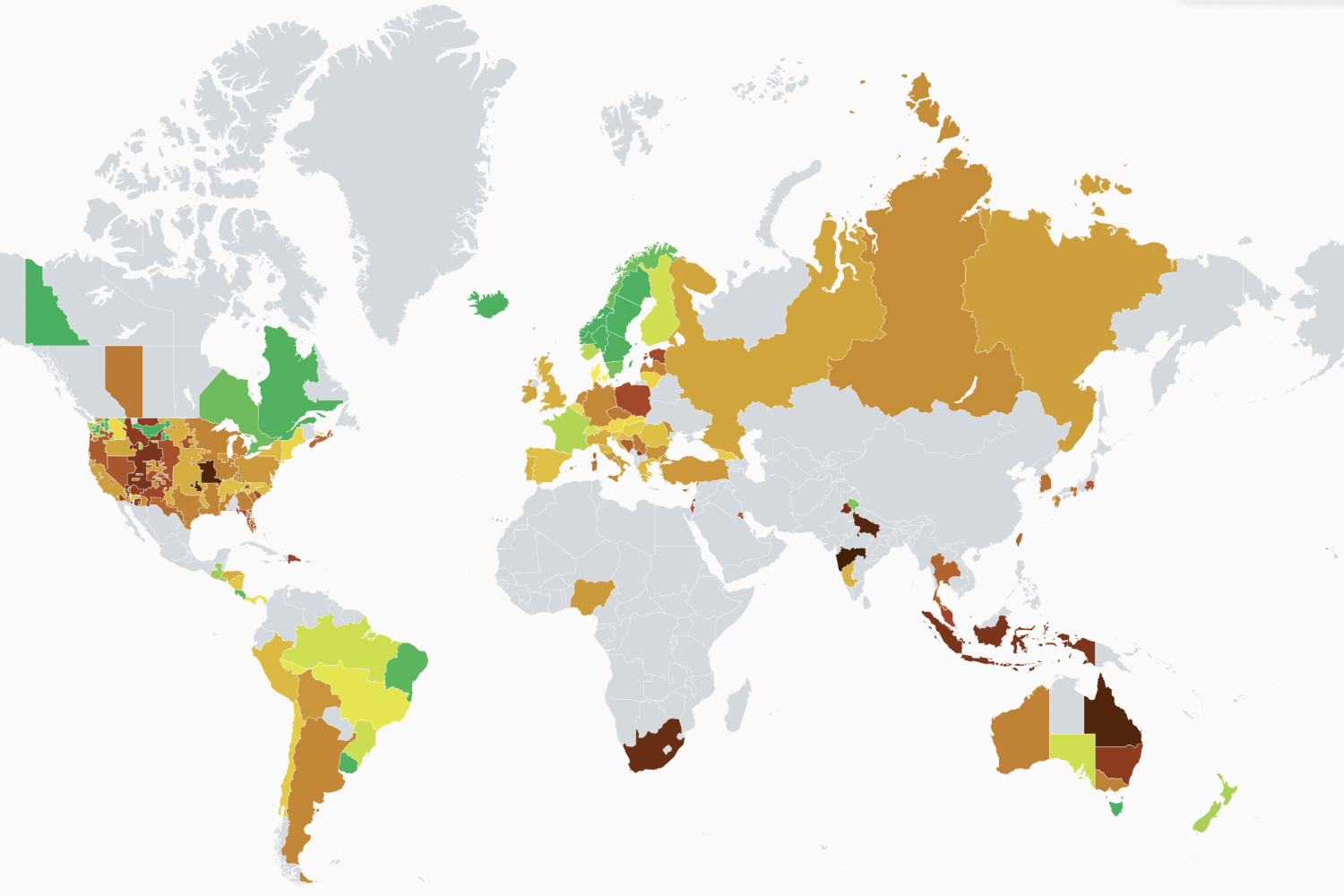
Unless you’ve been living under a rock the past few months, you’ve certainly heard about the expected critical gas and electricity supply situation in Europe towards the winter. Driven by Russia’s reduction of gas deliveries to Europe, the French Nuclear plants struggling with planned and unplanned maintenance, and particularly hot and dry summer, energy prices across Europe have been skyrocketing. These recent developments come on top of an already ongoing transition of our electricity and energy systems to achieve lower CO2 emissions.
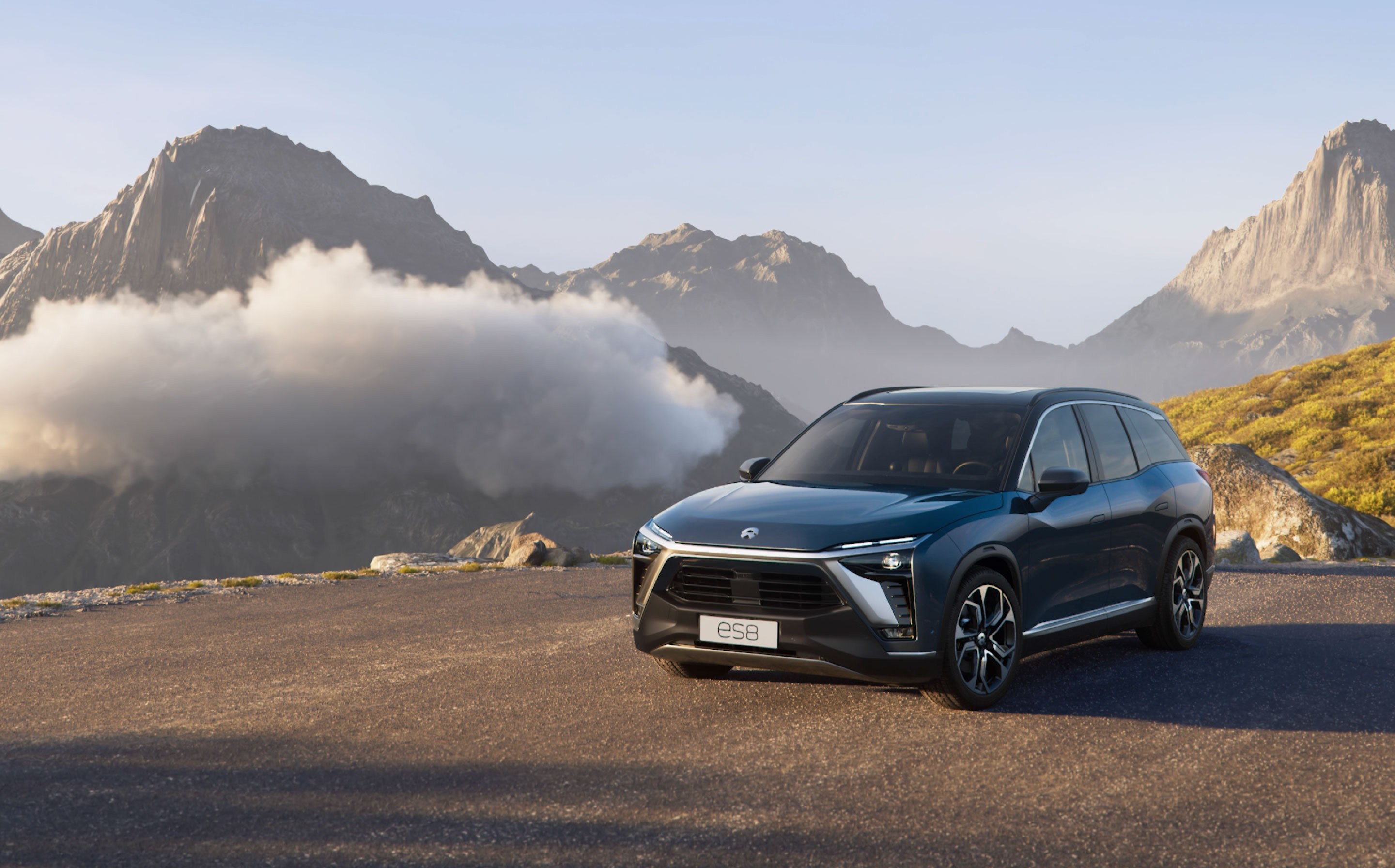
Our EV of the month is noteworthy due to several reasons: it’s large. It’s from China. It features some very innovative technology. Ladies and gentlemen: the NIO ES8.
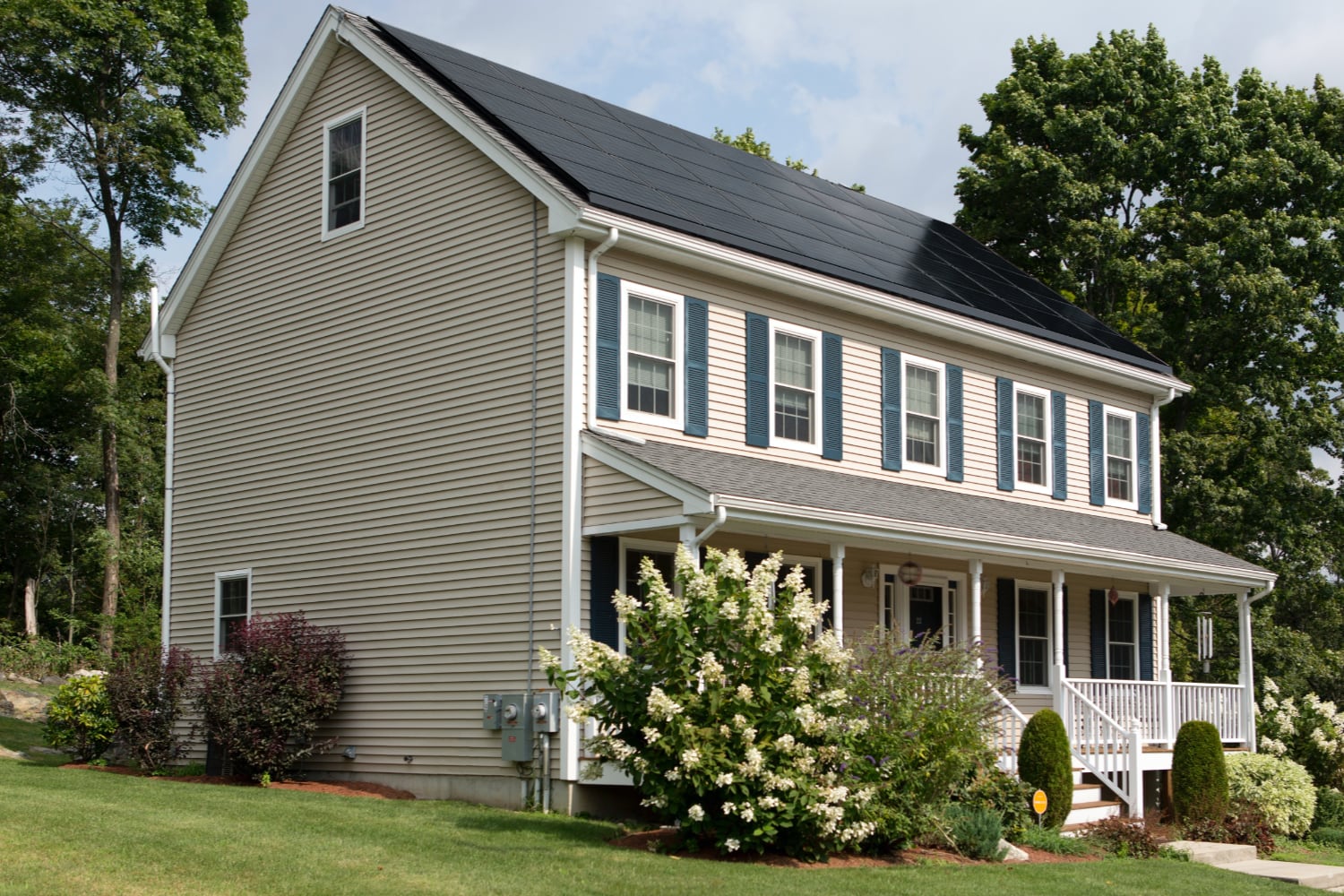
Mit Solarzellen erzeugter Strom ist ein wesentlicher Bestandteil der Dekarbonisierung unseres Strom- und Energiesystems. Im Gegensatz zur herkömmlichen Stromversorgung, bei der der Strom zentral erzeugt wird und die Haushalte ihn lediglich verbrauchen, können sie nun durch die Installation von Solarzellen zu Energieproduzenten werden. Auf diese Weise können sich die Haushalte autark machen, sich vor hohen Strompreisen schützen und zur Dekarbonisierung unseres Stromsystems beitragen.
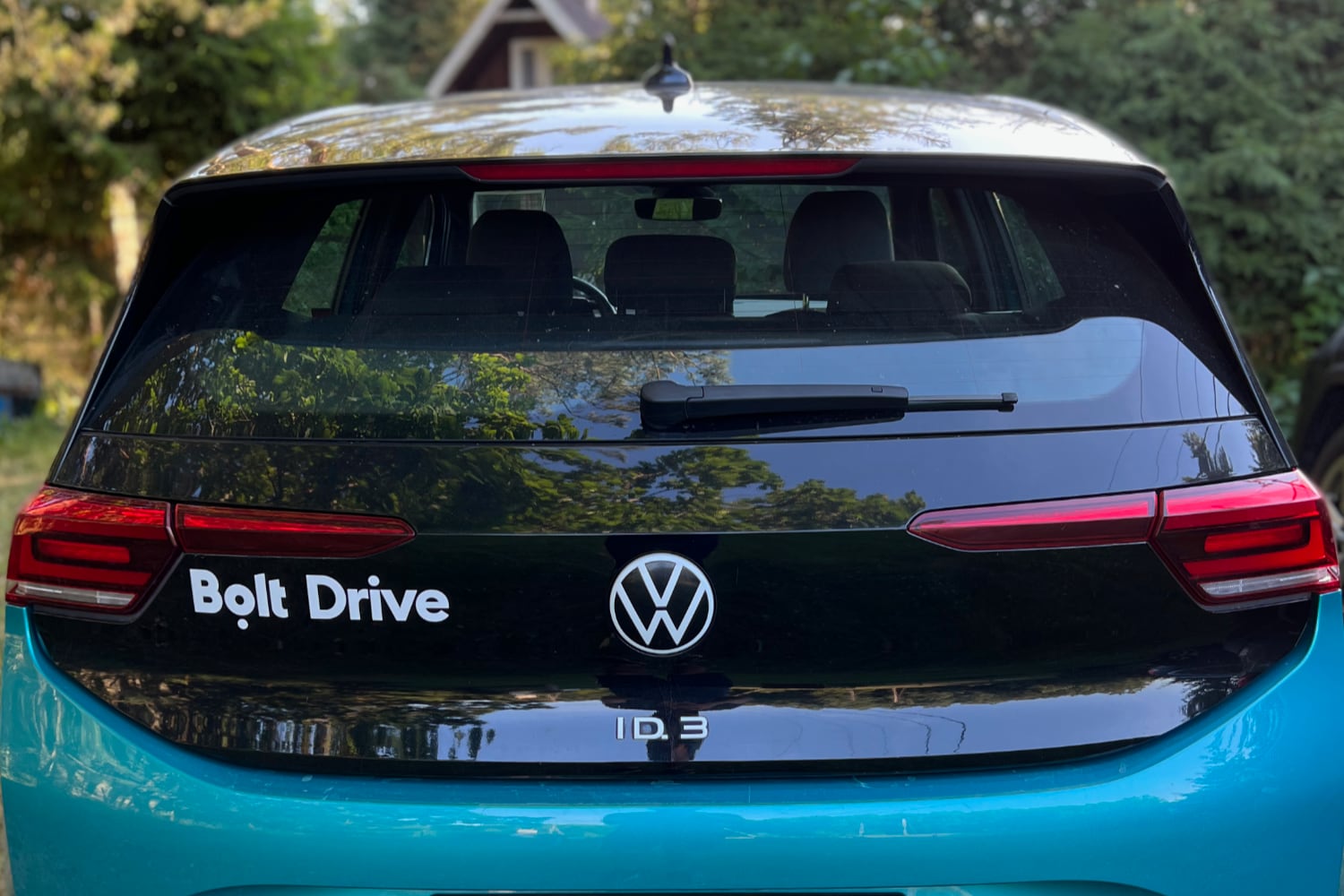
Shared mobility concepts promise that they reduce the number of vehicles on the road, which is expected to have a positive impact both on the emissions from the production of vehicles, and also less space required for parking lots. While scooters and bikes are hoped to reduce the kilometers driven by cars overall, car sharing would mainly lead to more efficient usage of a smaller fleet of vehicles. If the fleet is electric, emissions from driving would also be reduced significantly.
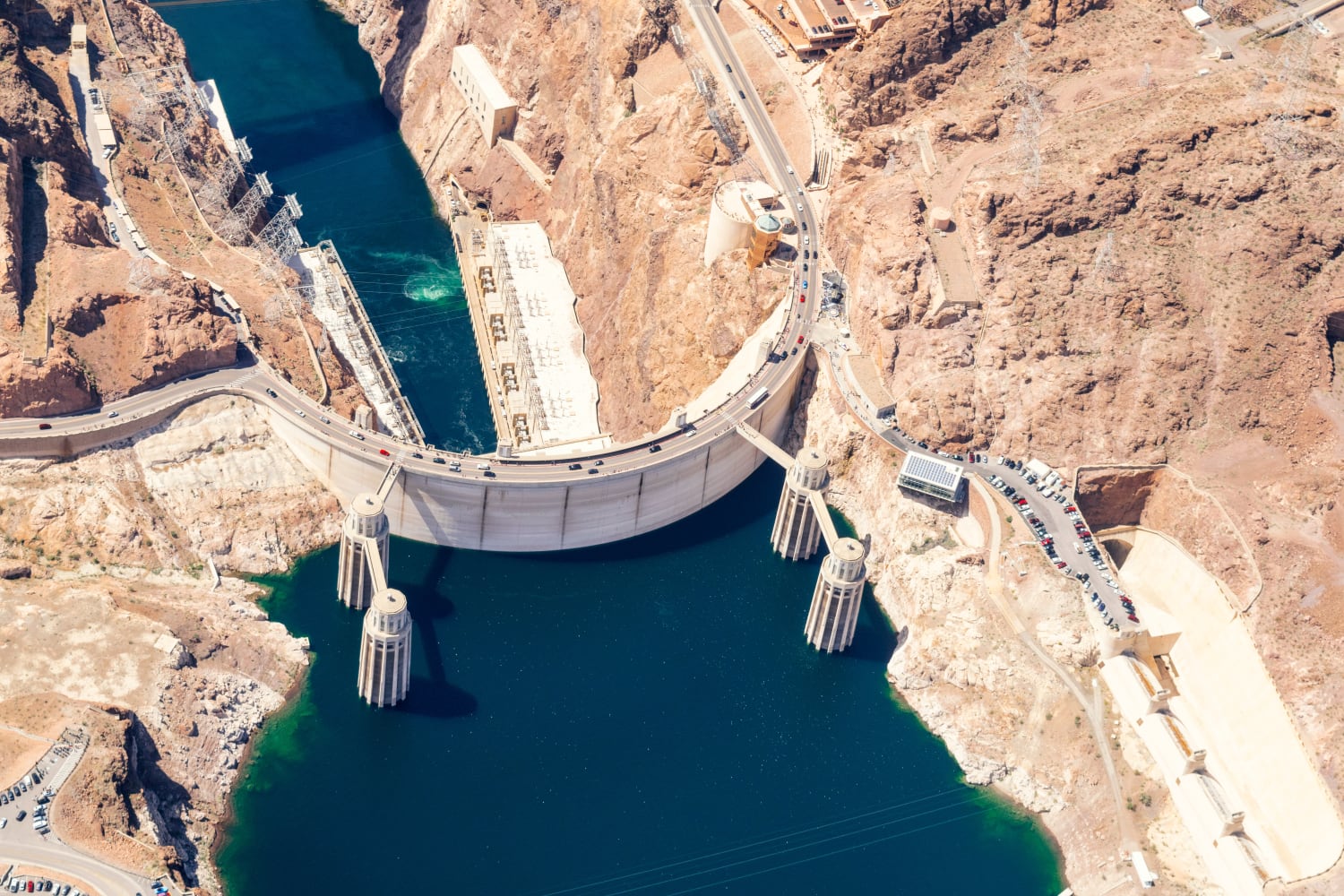
With an energy crisis in Europe simultaneous to the transition to a green energy system, energy is truly the topic of the hour. States and consumers alike, are hence urgently looking to reduce their dependence on fossil fuels. When looking into the solutions (electric vehicles, solar, heating with a heat pump, or energy saving), you will sooner or later encounter the units kWh (kilowatt-hour) and kW (kilowatt). However, often these units are confused. Let’s clarify!
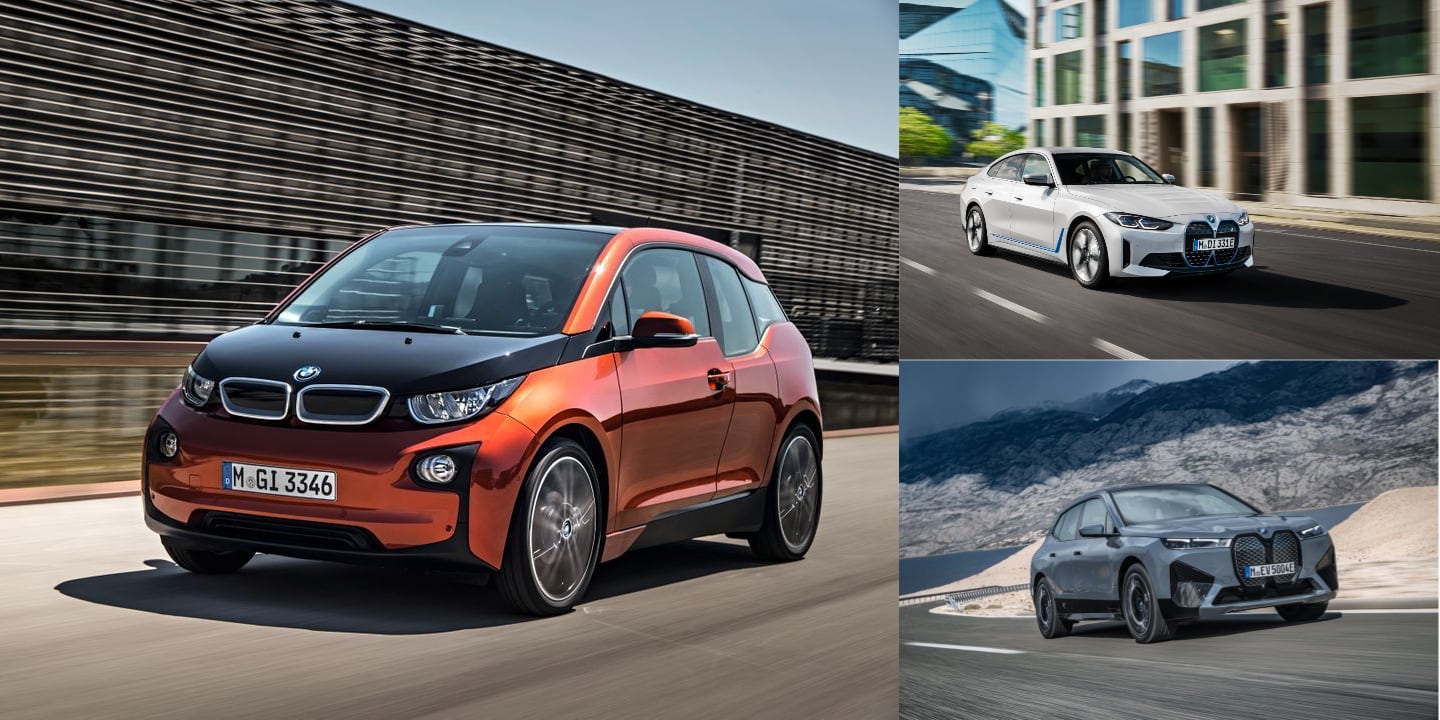
For July we have not just a single EV of the month, not even a duo, but a trio of cars! The BMW i3, the BMW i4, and the BMW iX. BMW is an interesting case when it comes to the transition from combustion engines to electric drivetrains. As we’ll show below, BMW in 2013 was a pioneer with the introduction of the i3, but then fell behind and kept lobbying for the combustion engine instead of embracing change.

Sie haben vielleicht die Schlagzeilen gelesen: Videostreaming ist schlecht für die Umwelt, Videostreaming hat einen hohen Kohlenstoff-Fußabdruck, Binge Watching zerstört den Planeten! Aber wie schlimm ist es wirklich?
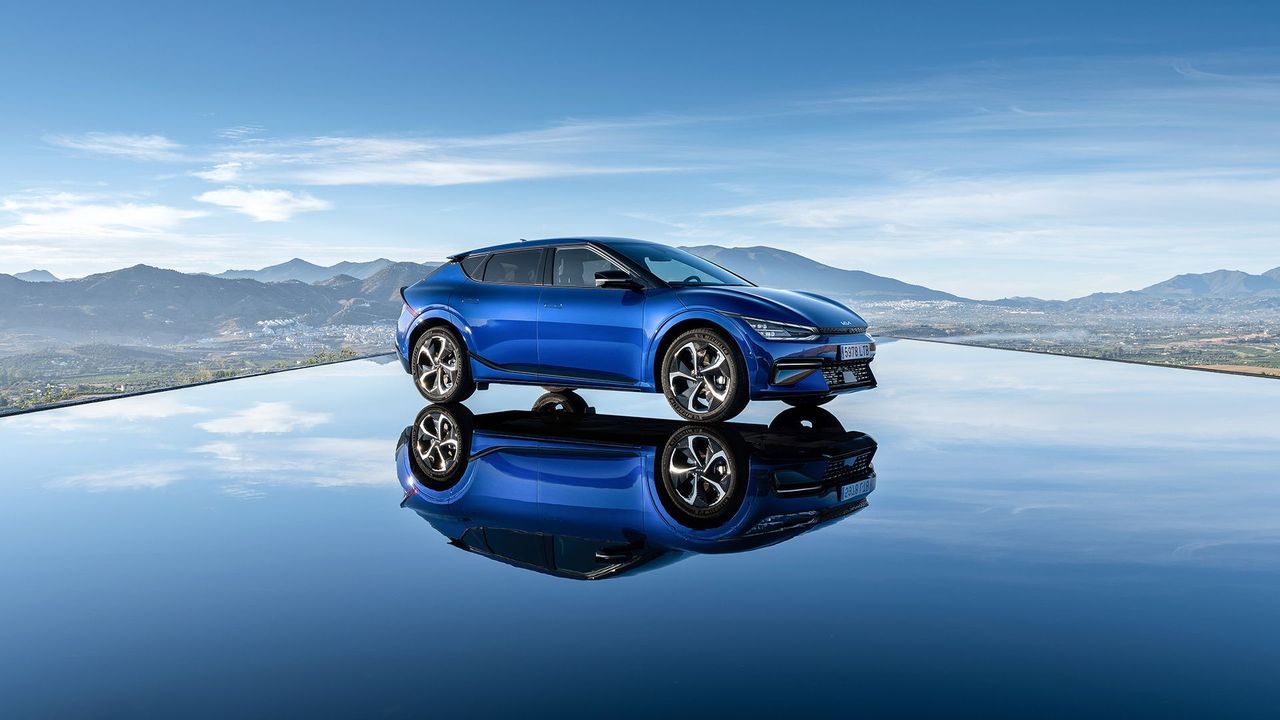
Last month’s EV of the month, the Nissan Leaf, was European car of the year back in 2011. This month we will have a closer look at the electric car that won the title this year, more than a decade later: the European car of the year 2022 is the Kia EV6. Reason enough to make it our EV of the month.
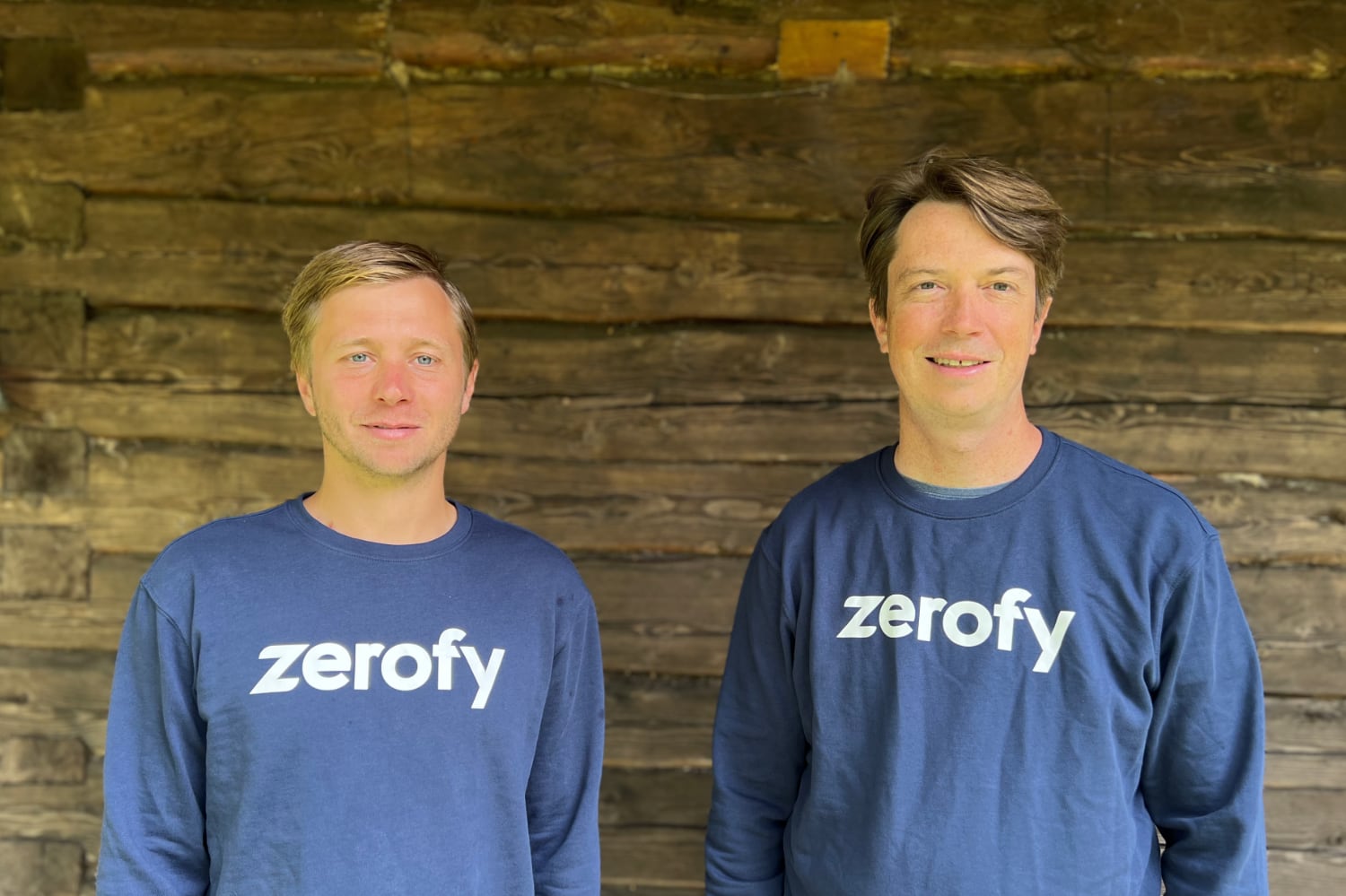
We founded Zerofy with the mission to simplify a zero-carbon lifestyle for households. It was born out of the observation that consumers are often confused about where in their household the big emissions contributors are and suffer from complexity and friction when trying to implement solutions.
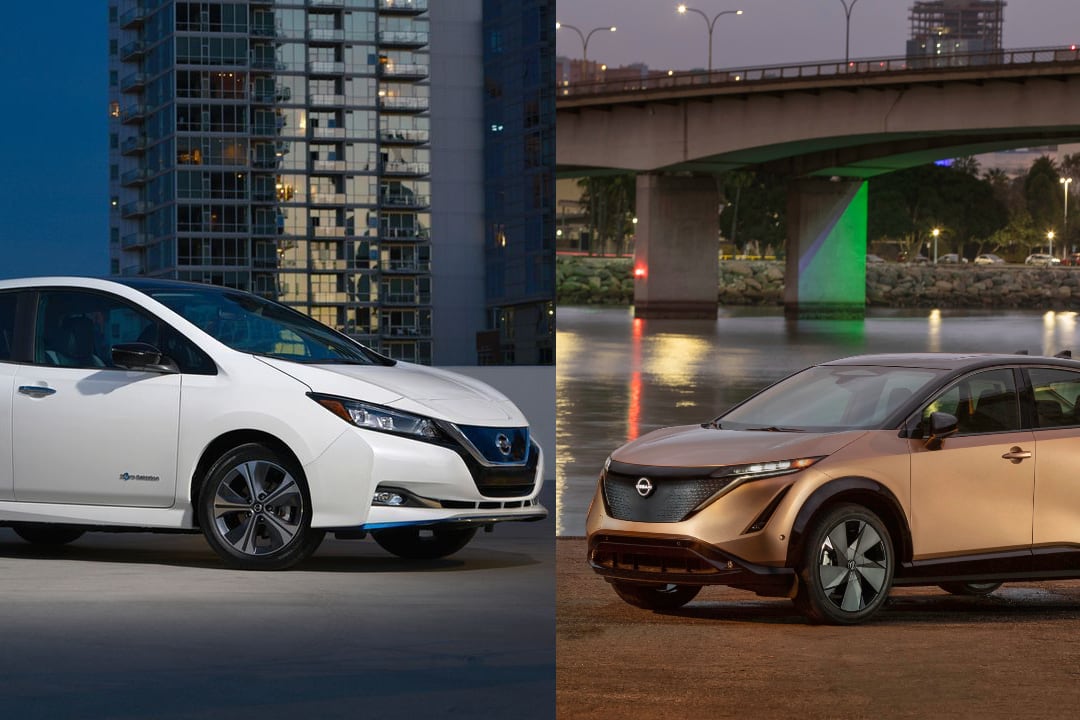
This month’s EV of the month award is dedicated to a reliable, solid performer and to its successor. We’re speaking of the Nissan Leaf and the eagerly anticipated Nissan Aria.
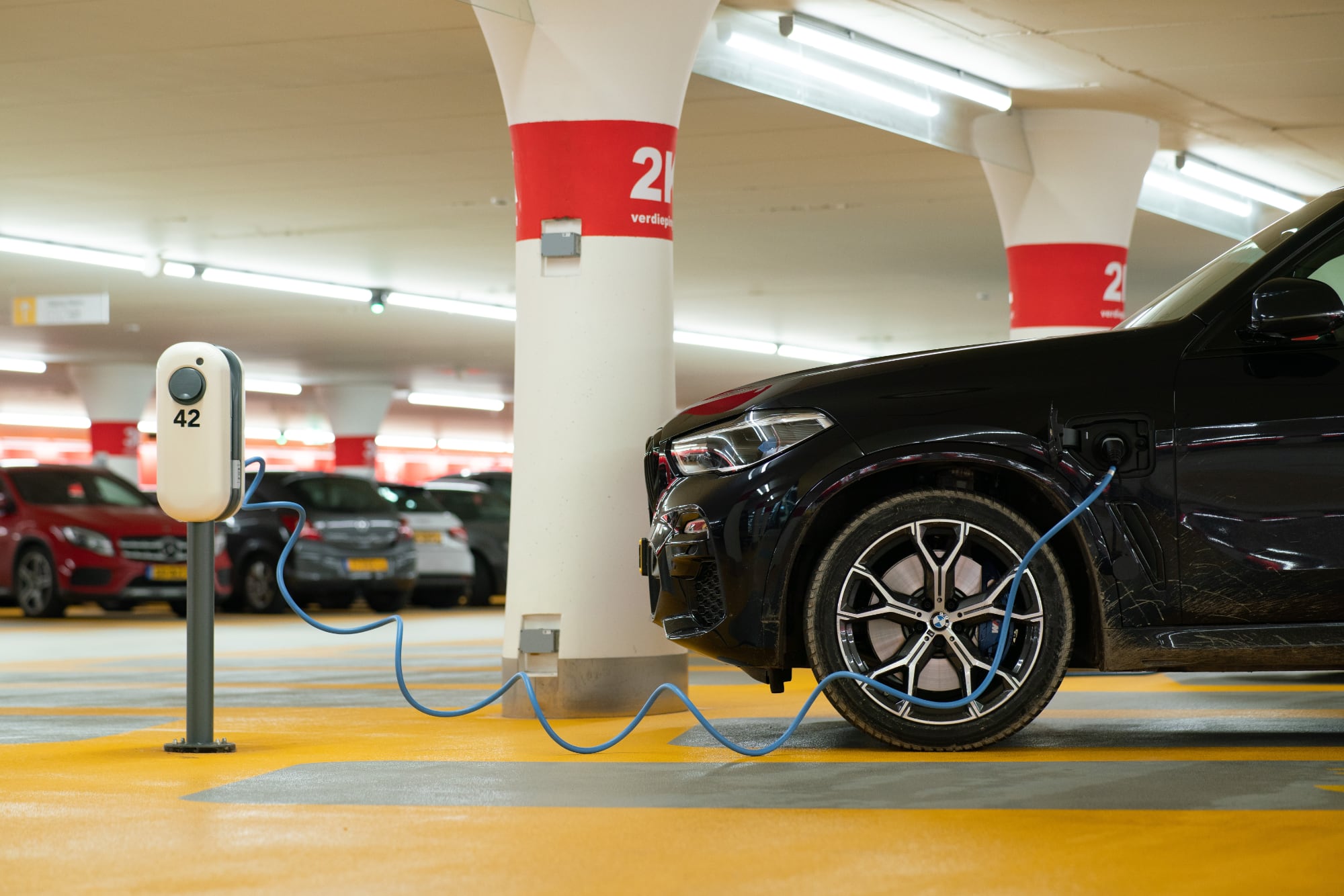
Addressing climate change is a challenge that needs to be tackled at all fronts: countries, cities, and households, but also businesses. Luckily an increasing number of companies commit to net-zero targets. They employ various ways to reach these goals from decarbonising their supply chains to compensation.
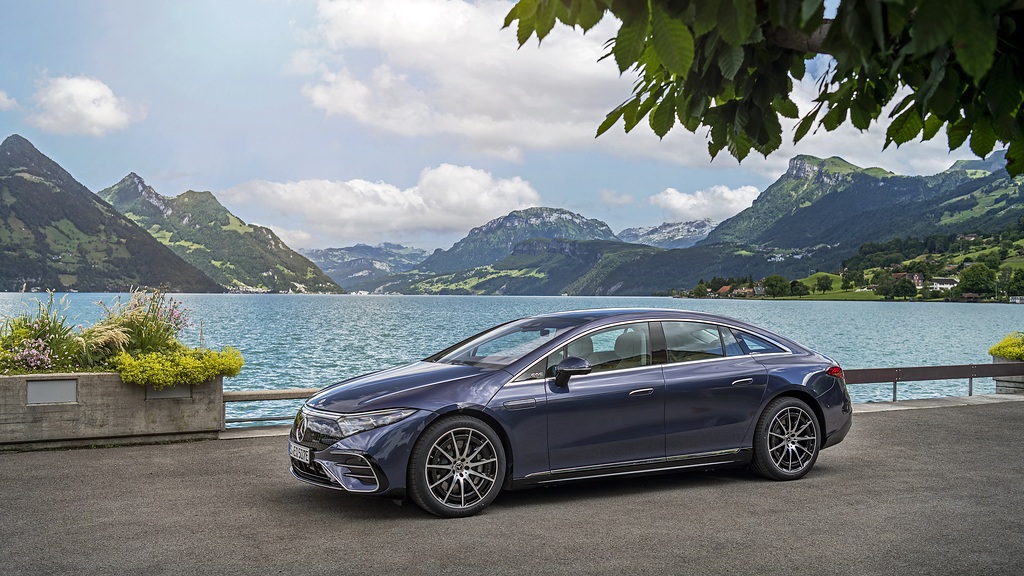
Last month our EV of the month was a modern, electric van for Hippies or families. This month we’re addressing a whole other segment: luxury limousines. The idea for this post came about while reading that the Dutch parliament postponed electrification of their fleet, at least partially due to “lack of comfort” when it comes to available EV options.
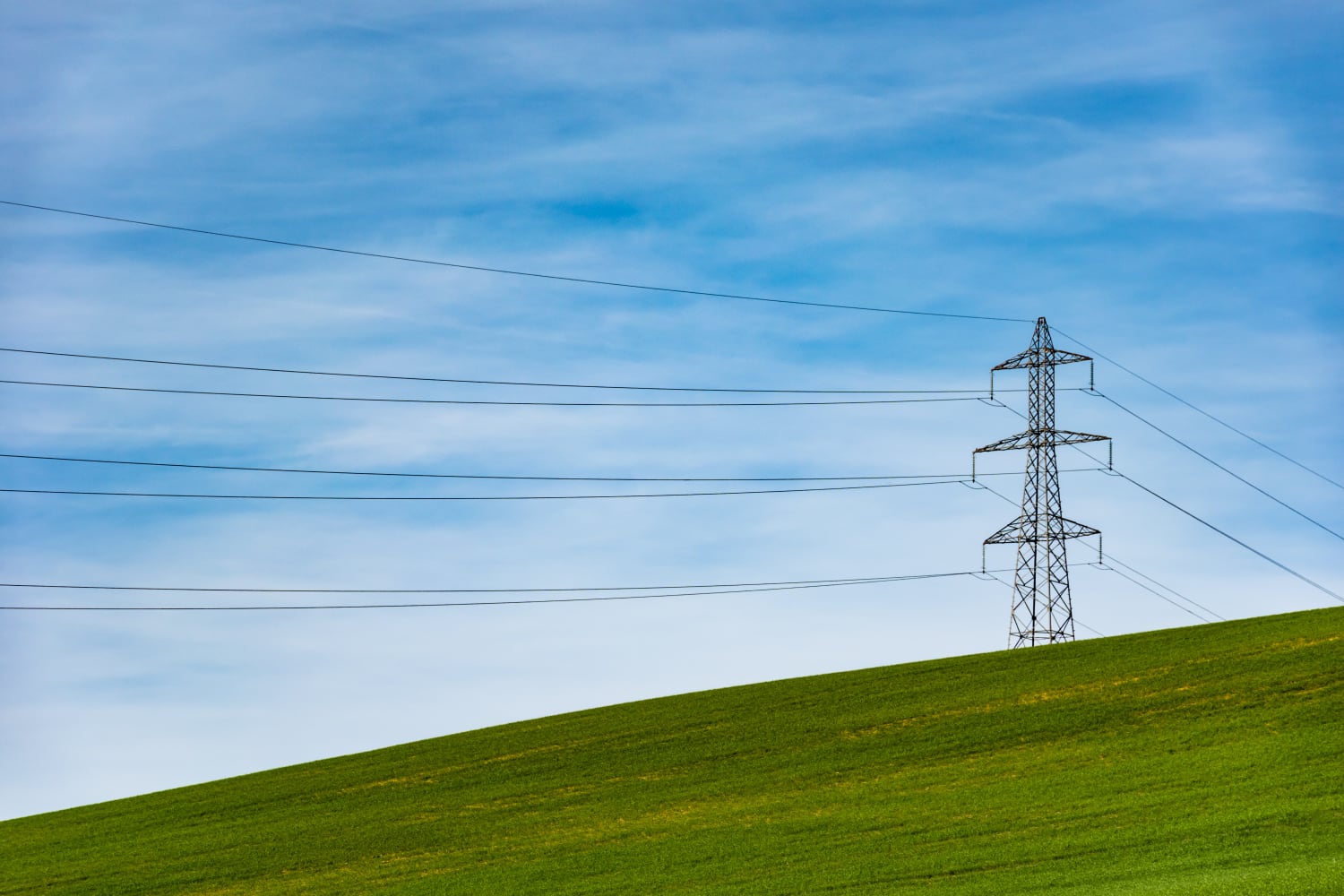
One of the most common questions (or worries) about electric cars is if there will be enough electricity to power all cars, if they were electric.

Wahrscheinlich hast Du schon einmal auf einen der unzähligen CO2-Fußabdruck-Rechner genutzt: Vielleicht ist Dir auch aufgefallen, dass diese in der Regel den CO2-Fußabdruck auf der Basis einer Person (oder “pro Kopf”) berechnen. Und viele Statistiken weisen auch Pro-Kopf-Kennzahlen aus. Die meisten Menschen leben jedoch in einem Haushalt mit zwei oder mehr Personen, in dem einige Ressourcen wie Wohnung (einschließlich Strom, Heizung usw.), Auto (und oft sogar Mahlzeiten) gemeinsam genutzt werden. Das bedeutet, dass für viele von uns der “Haushalt” die relevante Einheit ist, wenn es um das Verständnis von CO2-Emissionen geht.
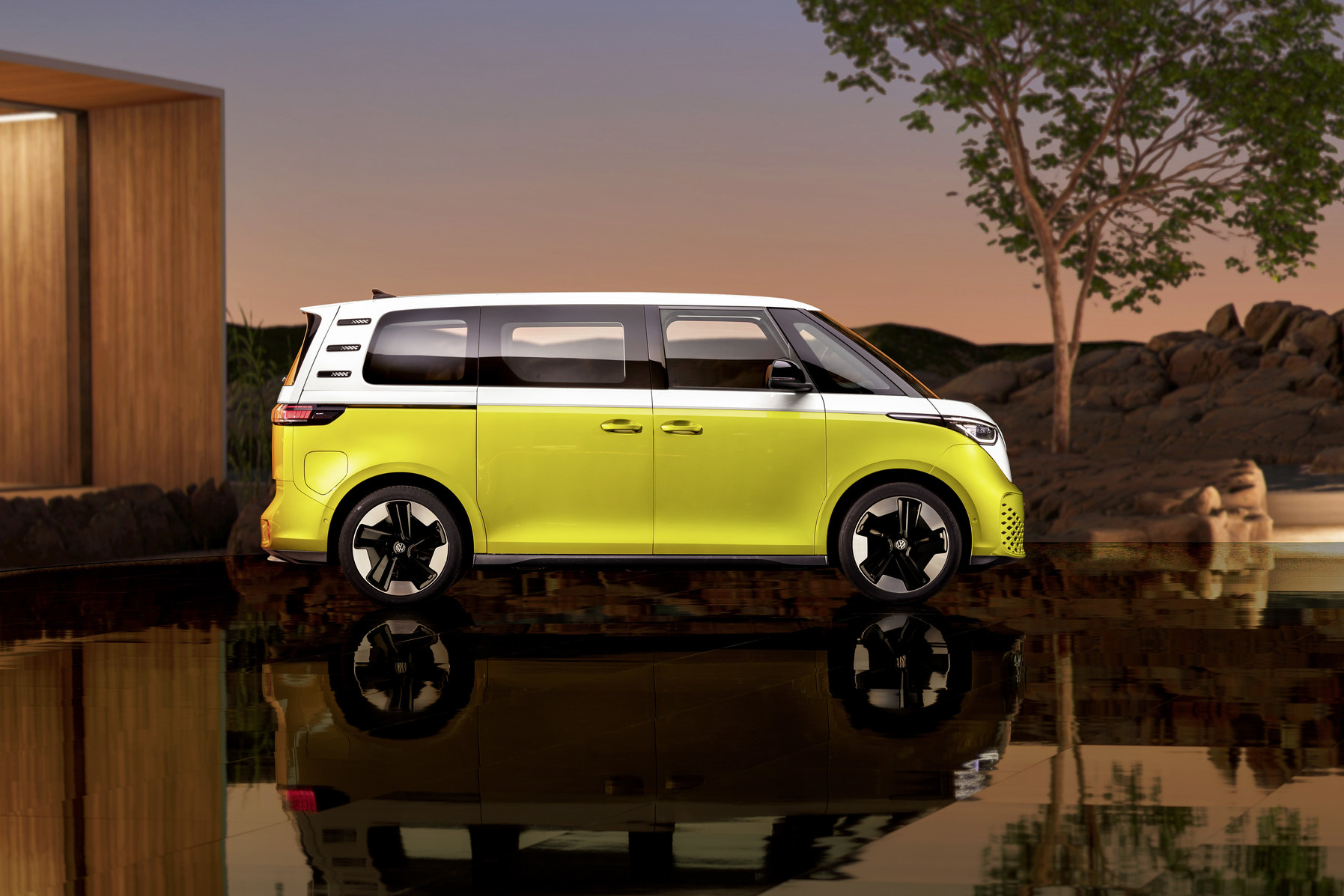
The VW ID.Buzz is likely one of the most anticipated EVs for the year 2022. Ever since the first concept was published, the final design and specs have been eagerly awaited. The reasons for the excitement are manifold.

Commuting by bike allows for combining some exercise and fresh air with the daily necessity of the commute. E-bikes can be particularly useful compared to regular bikes, as they enable commuters to travel further distances, travel faster and help avoid arriving at work exhausted and sweaty. Recent research has also shown that e-bike ownership correlates with a reduction of car usage and public transport usage (albeit no effect on car ownership could be measured). Reducing (ICE) car usage has a direct benefit of burning less oil and with that reducing CO2 emissions.

Was ist umweltfreundlicher: ein altes Auto mit Diesel-/Benzinantrieb weiterfahren oder ein neues Elektroauto kaufen? Ein neues Elektroauto verbraucht Ressourcen und stößt bei seiner Herstellung CO2 aus, hat aber einen viel geringeren CO2-Ausstoß während der Fahrt. Ein alter Diesel hat seine Produktionsenergie und seine Emissionen bereits “amortisiert”, aber er verbrennt weiterhin fossile Brennstoffe und stößt Treibhausgase aus.
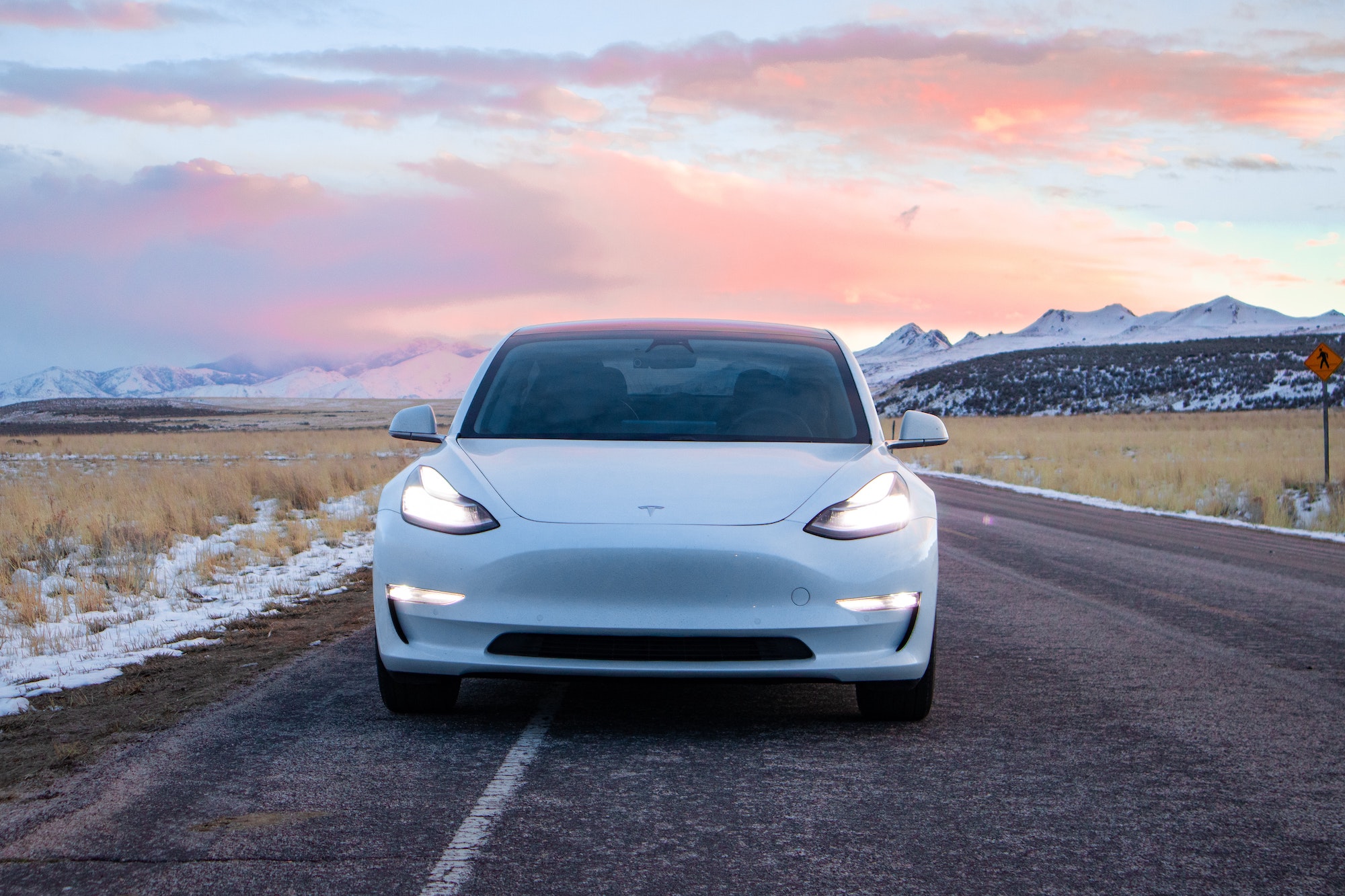
With about 11% of the total, transportation is one of the key contributors to global greenhouse gas (GHG) emissions. In some regions, the share of the total is even larger. For example in the Euro area it is around 15% (see chart below), and in Switzerland transportation is responsible for even more than 30% of the total GHG emissions.
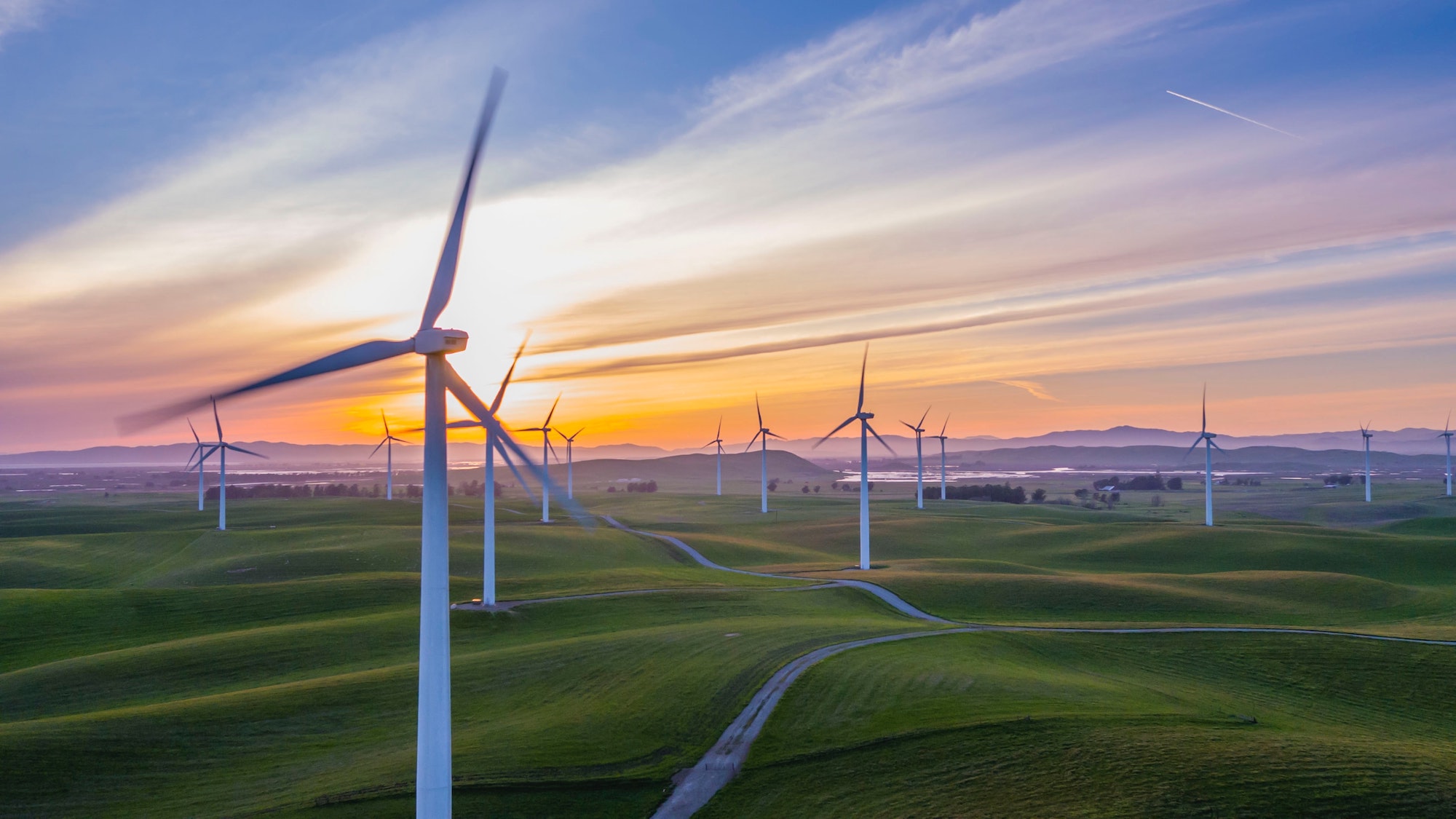
This is the first post in a series on the opportunities presented by tackling climate change. In this article we cover renewable energy production and storage. Future articles will address transportation, food, etc.

As we enter the new decade, looking back climate change is probably the dominating topic of 2019. And rightfully so: a sense of urgency and swift action are needed! However, when it comes to the discussion around efforts to decrease the world’s greenhouse gas emissions, my concern is, that too much emphasis is put on the challenges. Instead, we should focus on the opportunities!